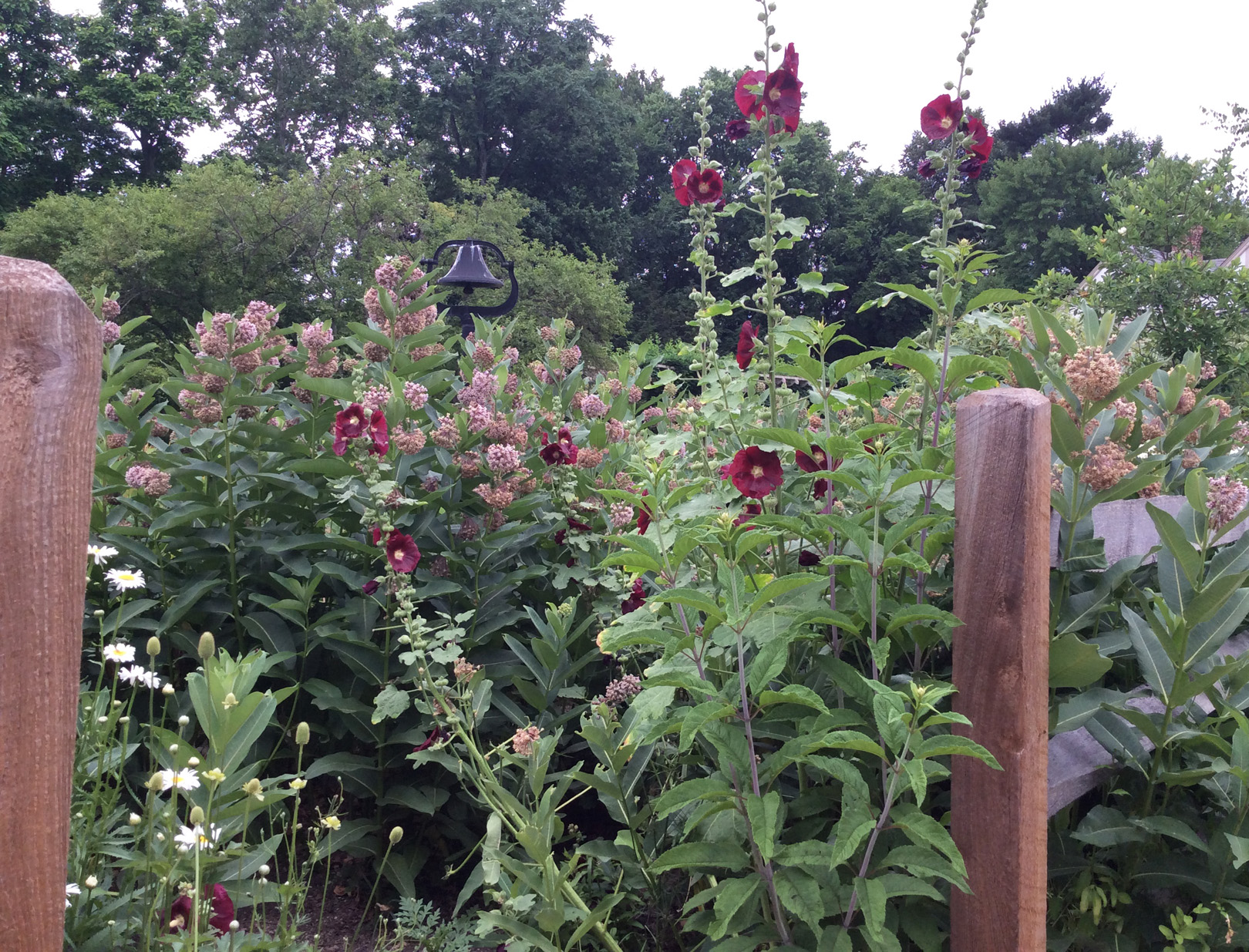by GardenLover | Aug 30, 2016 | Favorite Flora, Happenings, Special Topic
Professional Conferences and Trade Shows = Plants, People and Gardens
By Debra Knapke
One of the joys of my profession is being surrounded by plants. Discovery of “new” plants is a main occupation at the professional meetings and tradeshows that I attend throughout the year. These meetings are filled with anticipation, excitement, revelation, and, for lack of a better word: plant lust.
Two recent conferences re-affirmed my third choice of career in horticulture. In July, Columbus, Ohio hosts Cultivate. This four-day event, organized by
AmericanHort, is the largest Horticulture-Greenhouse-Landscape Trade Show and Educational Short Course in the United States. It offers an international assemblage of companies and an amazing array of plants and products. I take lots of pictures and notes to remind myself of what I want to use in my courses and design work, and what must be tried this year or next.
Below is a very small sample (out of 89 images) of the variety of what I saw in June.
Strange Plants for Special Situations;
Imagine rows and rows of tables holding new plants for 2016. There is something for everyone! Many were snapping pictures of the above spiny specimen. Dyckias (Dyckia brevifolia) look like they are either from outer space or from the deep ocean. They require lean and dry soils and will “melt” during an extended wet spell. Last year and this year my plants had to return to the greenhouse during our rainy spells.
All I could think was –The bold puckered leaves and deep maroon inflorescences of Dracula celosia are just begging to be combined with a fine to medium silver foliaged plant. Not usually an admirer of celosia, I realized that I was feeling a bit of plant lust for this audacious annual. Dracula will be in one of my containers next year; possibly with dusty miller or one of the silvery helichrysums (Helichysum petiolare).
A Beautiful Blender
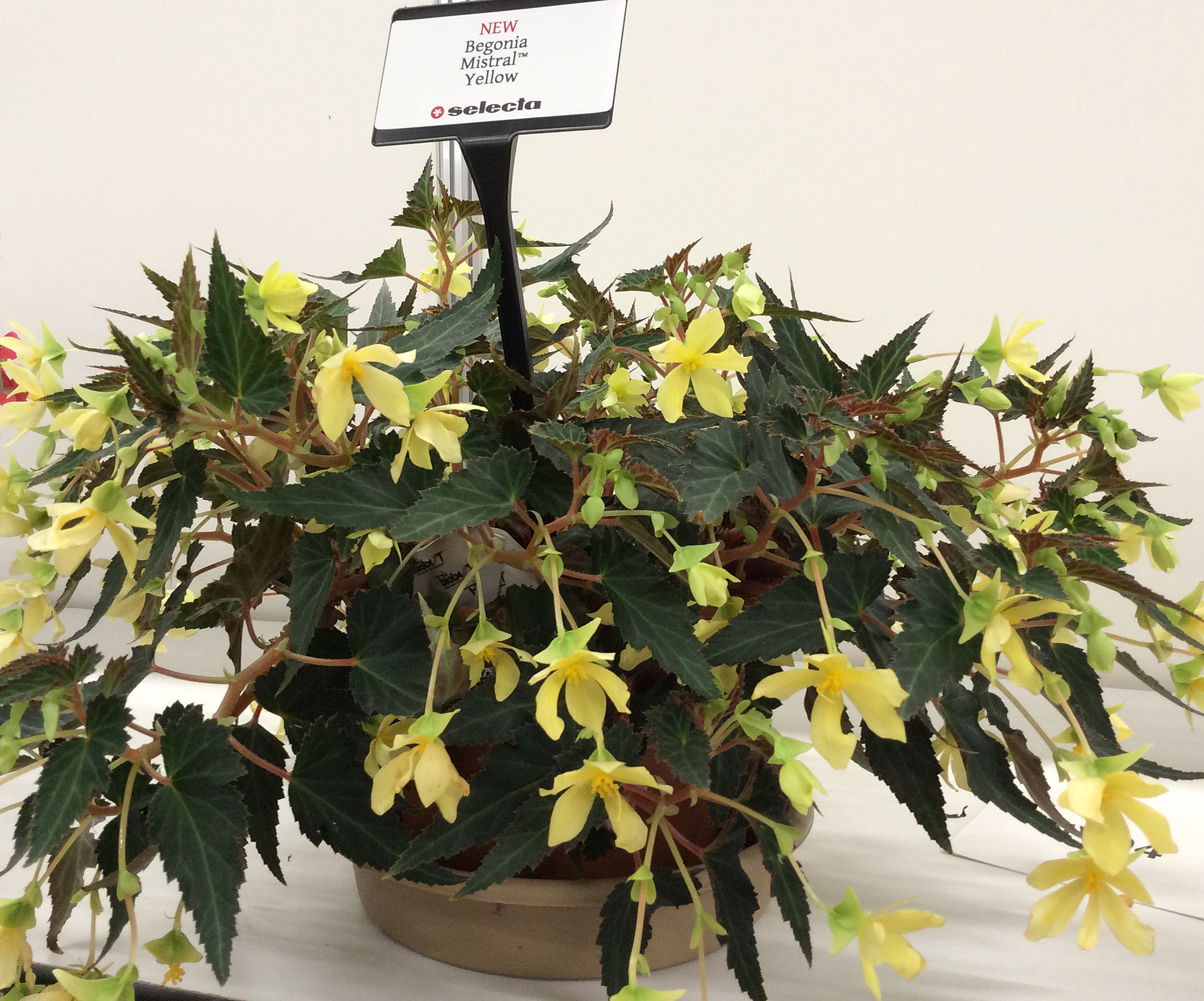
Soft yellow flowers combined with dark green to maroon foliage placed in part to medium shade is like a breath of cool air similar to the winter wind that this plant was named for: Mistral Yellow begonia. I am currently growing the orange selection in my garden; next year I will grow yellow.
Plants in Combination
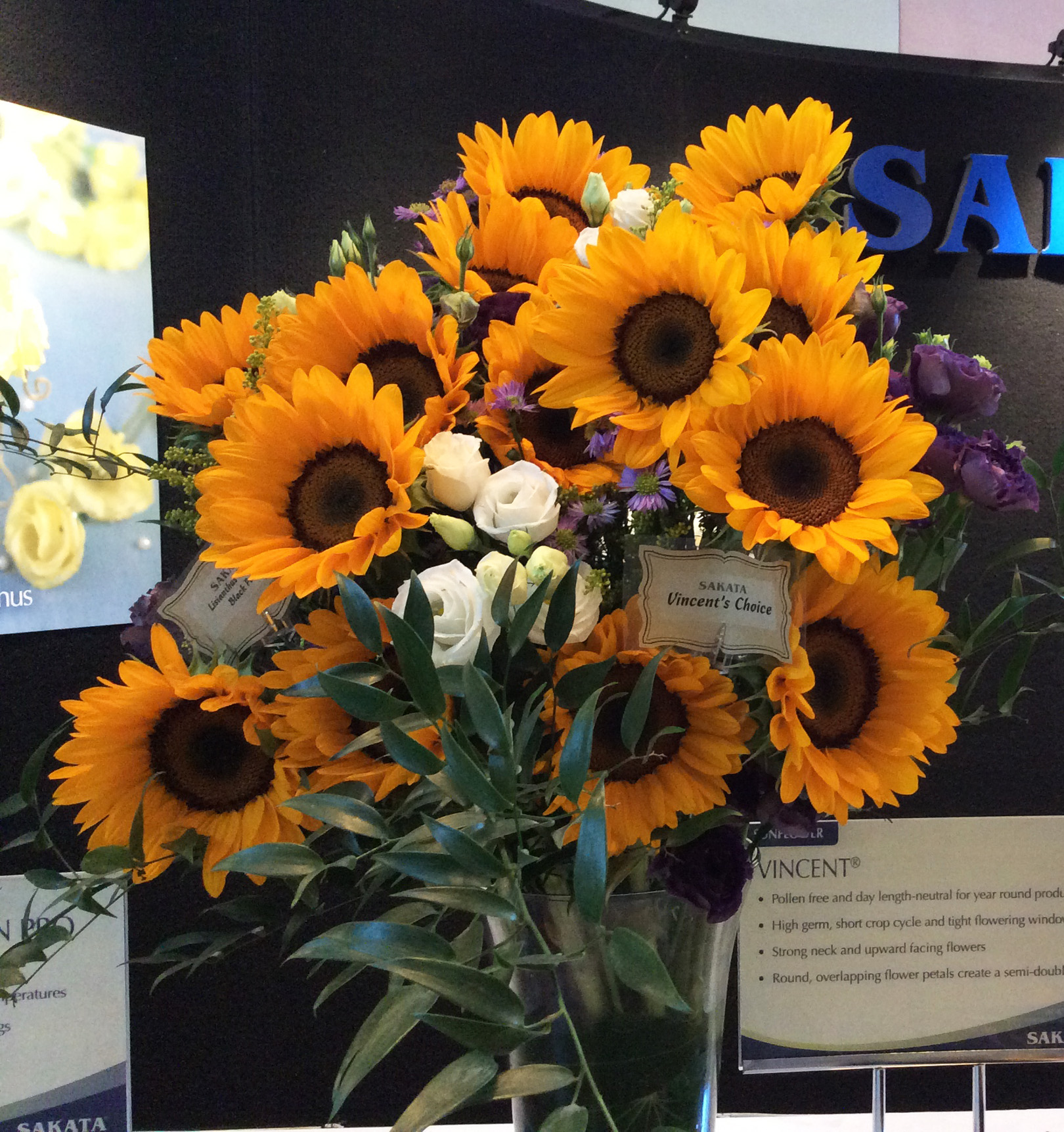 Sunflowers (Helianthus Vincent Choice) in combination with lisianthus (Eustoma grandifloruim ‘Black Pearl’ and ‘Rosanne’) make a luscious combination in a vase. Plant lust hit again…
Sunflowers (Helianthus Vincent Choice) in combination with lisianthus (Eustoma grandifloruim ‘Black Pearl’ and ‘Rosanne’) make a luscious combination in a vase. Plant lust hit again…
Talented designers compete in several categories. One category is: here is your plant, create an arrangement around it for a center piece, a mantlepiece or a bridal bouquet. The plant this year was one of the tender hen and chicks (Echeveria hybrid). This is not your grandmother’s bridal bouquet.
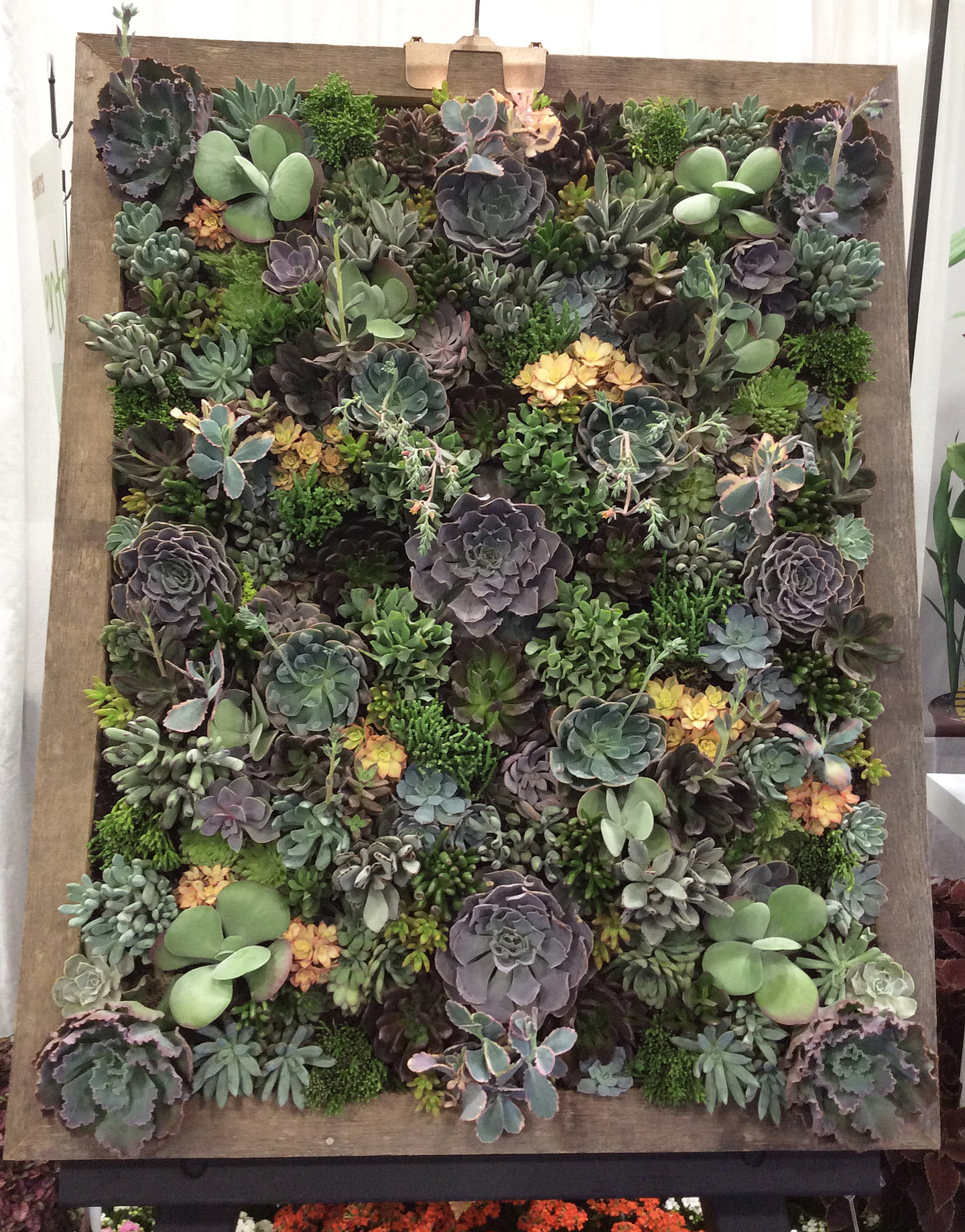 Carrying on our current love affair with succulents in the home and garden, many framed displays of succulents were scattered around the trade show. This “picture” was one of three set up along one of the primary cross-paths in the show. I was trying to think where a four by four foot display would fit in my living room.
Carrying on our current love affair with succulents in the home and garden, many framed displays of succulents were scattered around the trade show. This “picture” was one of three set up along one of the primary cross-paths in the show. I was trying to think where a four by four foot display would fit in my living room.
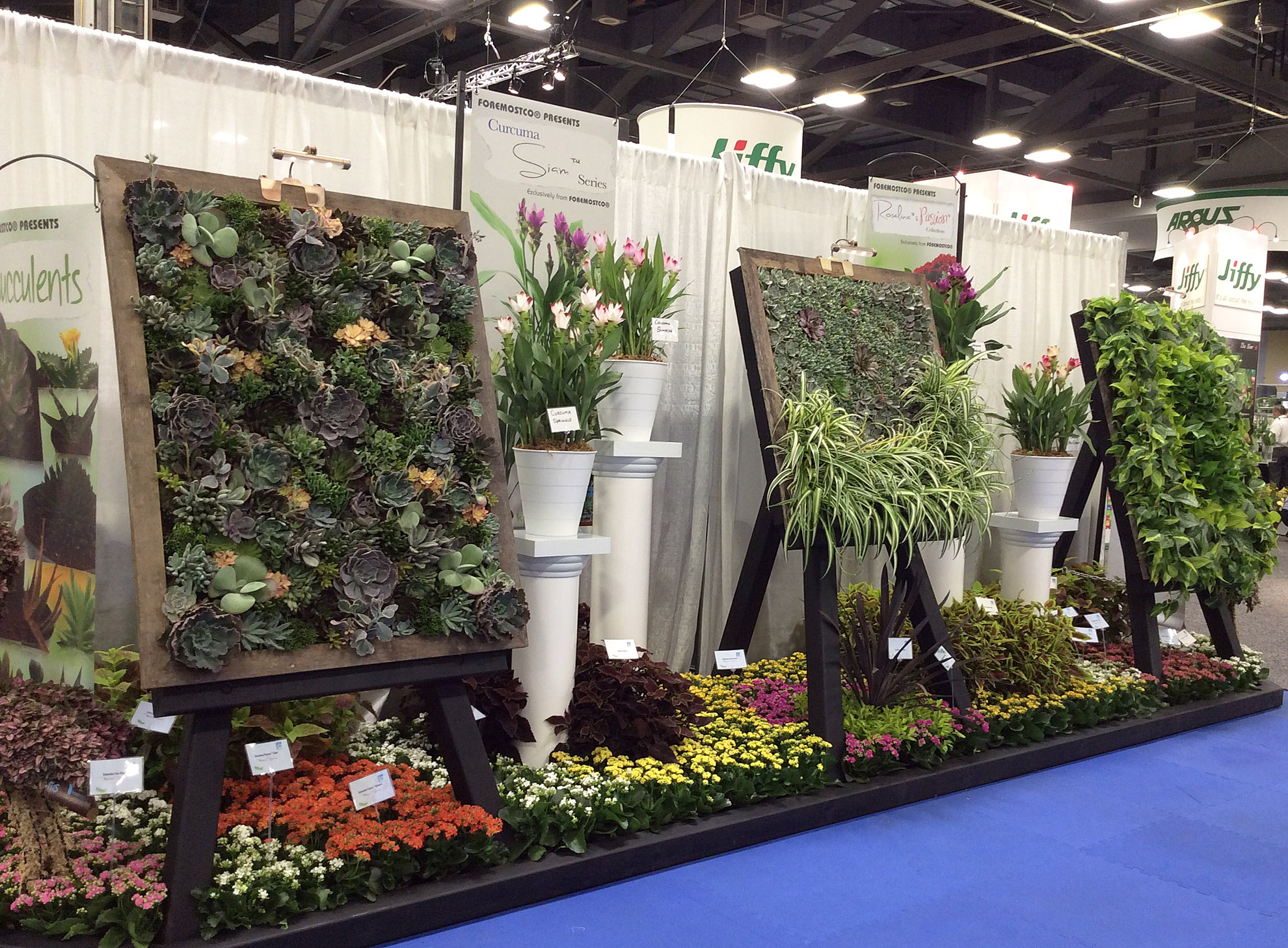 The other two easels were mixes of succulents, grasses and ferns. Note the potted plants close to the center of the picture. These turmeric plants (Curcuma hybrid) were selected for their gorgeous flowers. I grew turmeric years ago thinking that I would harvest and dry the rhizome for use in the kitchen. The flowers were beautiful, but not as free-flowering as the new hybrids. Note to self: another plant that will be grown next season.
The other two easels were mixes of succulents, grasses and ferns. Note the potted plants close to the center of the picture. These turmeric plants (Curcuma hybrid) were selected for their gorgeous flowers. I grew turmeric years ago thinking that I would harvest and dry the rhizome for use in the kitchen. The flowers were beautiful, but not as free-flowering as the new hybrids. Note to self: another plant that will be grown next season.
Proven Winners sets up booths that showed how their plants could be used on decks and porches. While you might not want as many plants in the above two “idea rooms”, it definitely makes you think of fall display possibilities; and then, there is next year…
Lastly, here is the perfect garden: buy everything in bloom, arrange, plant, add water, and sit back and enjoy with a glass of wine in hand.
Stay tuned for Part 2.
by GardenLover | Aug 19, 2016 | Garden profile, Trendspotting
Twelve Ideas You’ll Dig
By Teresa Woodard
Throughout the heartland this summer, private gardeners have graciously opened their garden gates for public garden tours. Whether it’s a pocket garden, estate landscape or suburban backyards, I always find plenty of inspiration. I jot down notes on new plants to try, clever plant combinations and innovative design details to borrow.
Here are a dozen of my favorites.
1) Design a seating area around a container water garden. It’s a conservation piece, easier to install than an in-ground water feature and adds to the view from indoors.
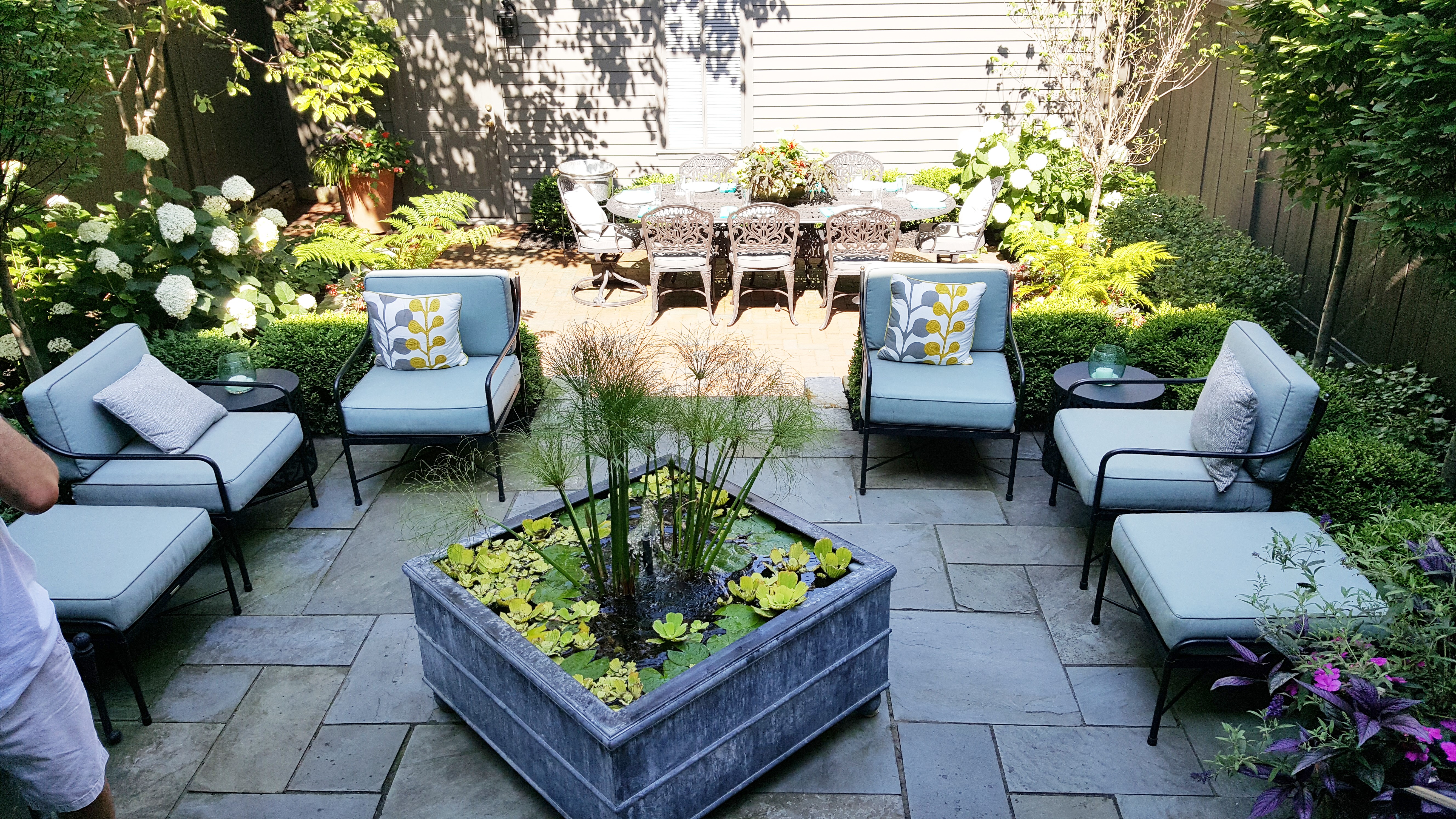
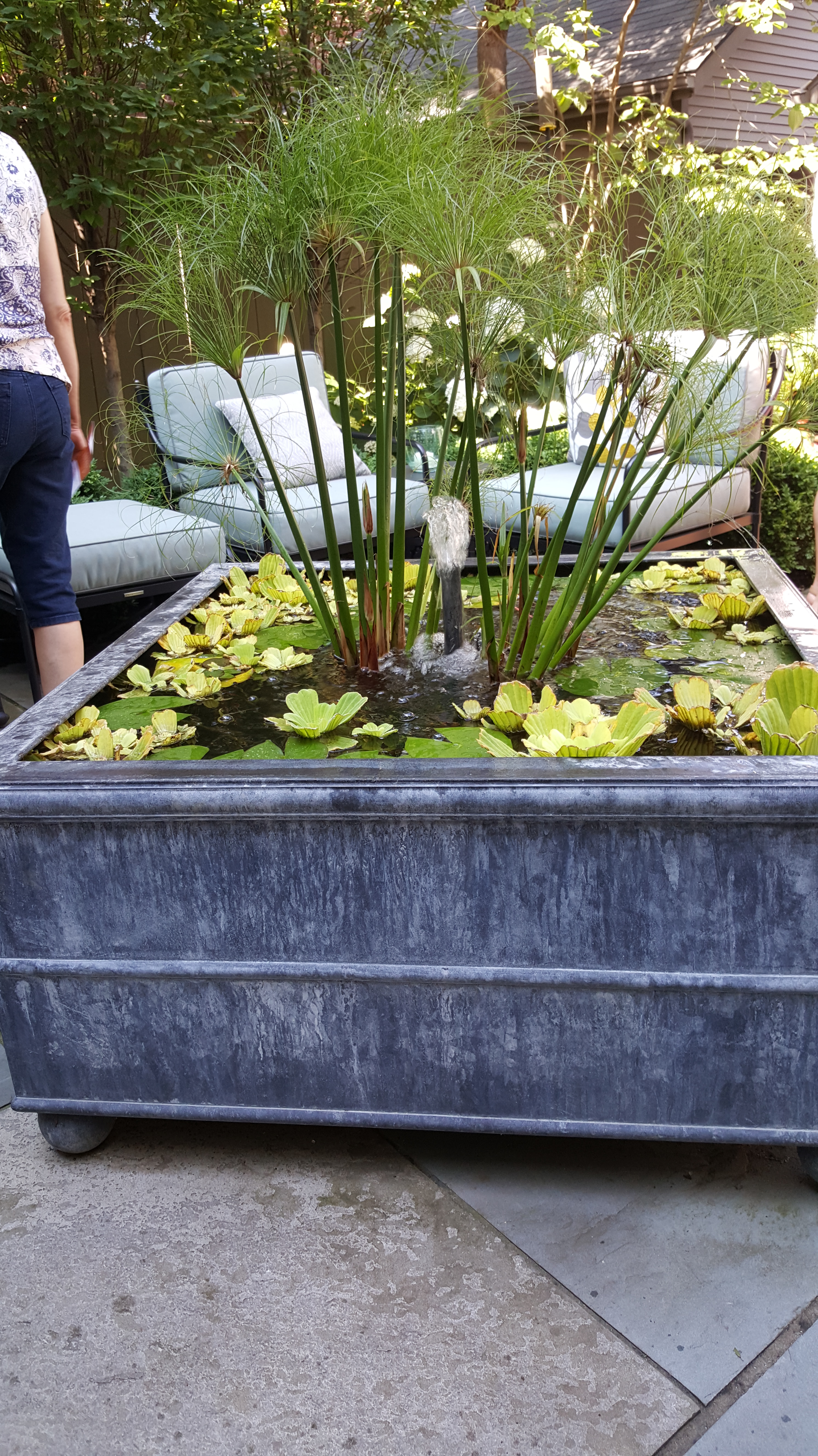 2) Look for a spot to plant an allee of trees like this one of hornbeams.
2) Look for a spot to plant an allee of trees like this one of hornbeams.
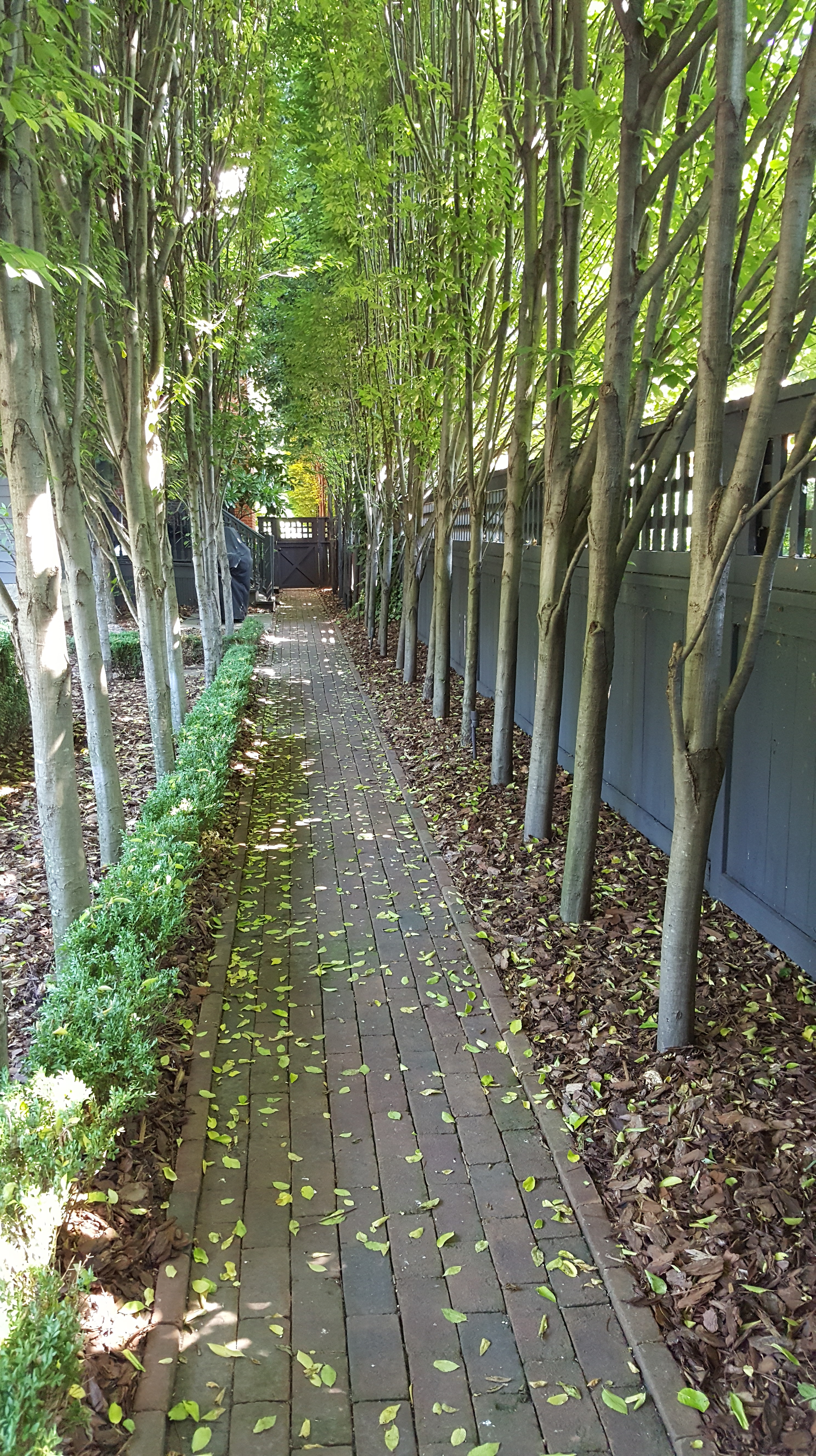
3) Vertical gardening: Whether its a wall with fabric pockets, cement blocks or pots on a fence, these vertical gardening options offer a new way to garden up and maximize tight spaces.
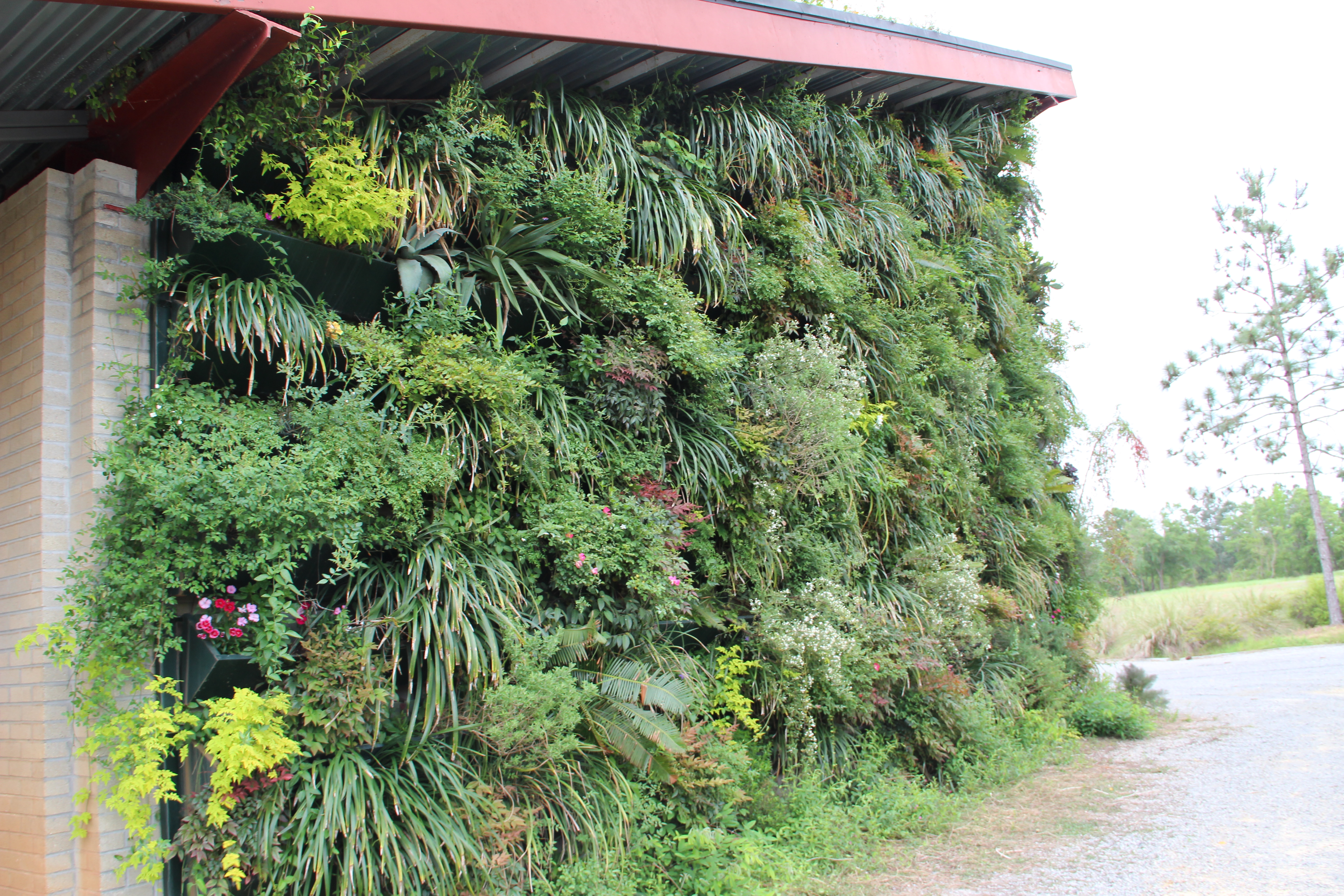
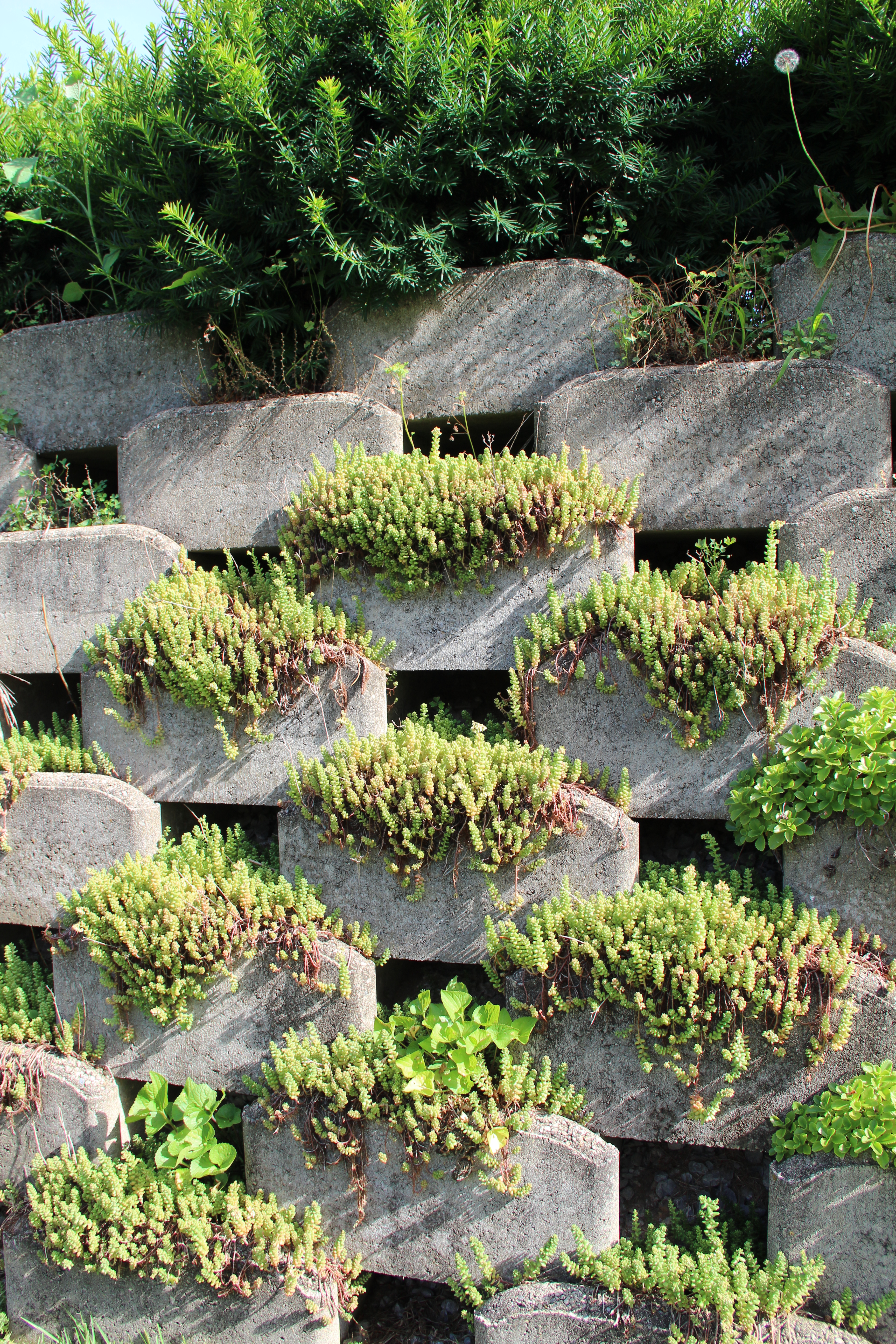
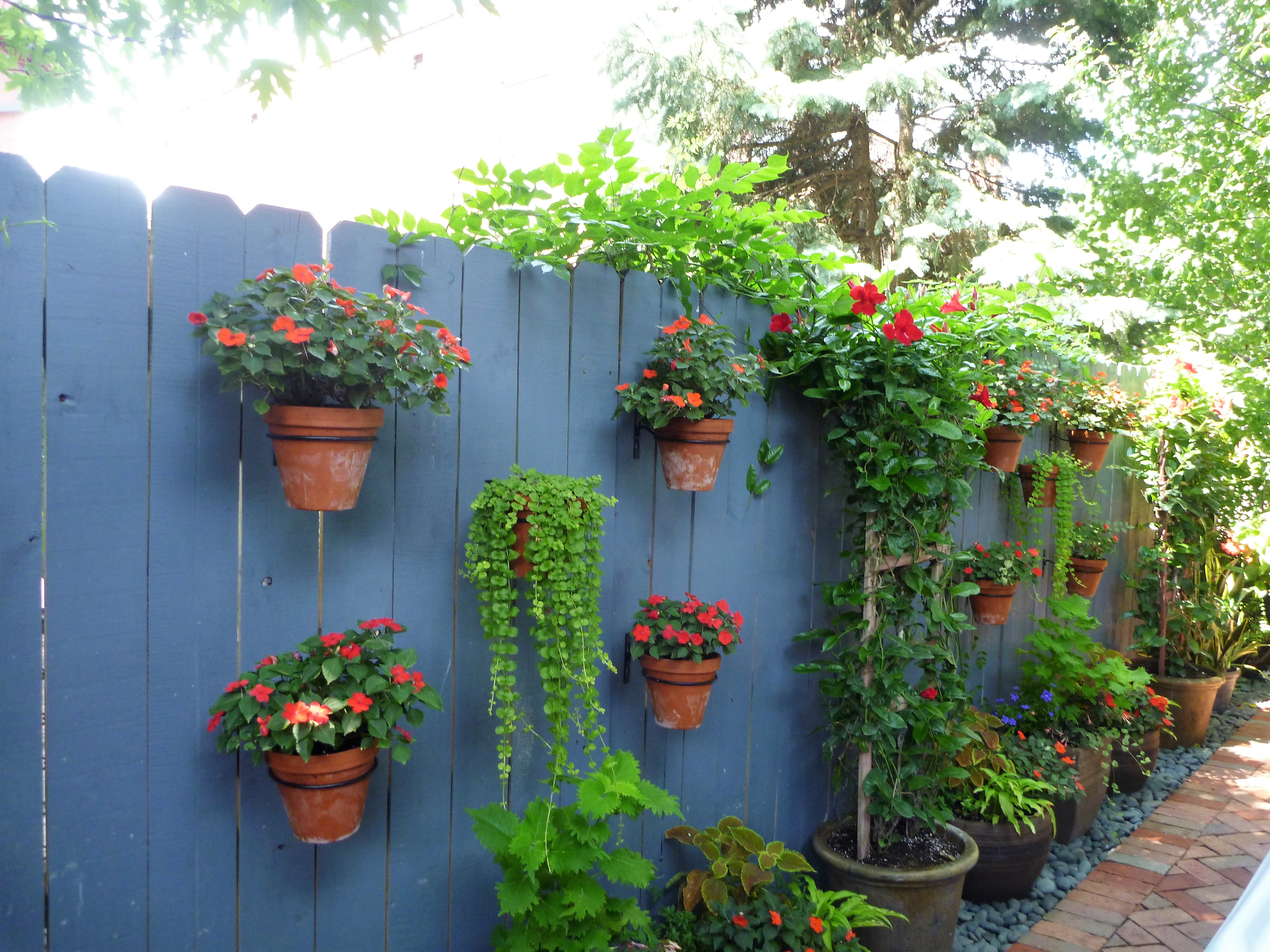
4) Underplant shade tree and garden bench with liriope. The plant blooms purple flowers in the spring and offers an attractive groundcover to thwart weeds. Simply weed-wack the liriope in the late fall or early spring.
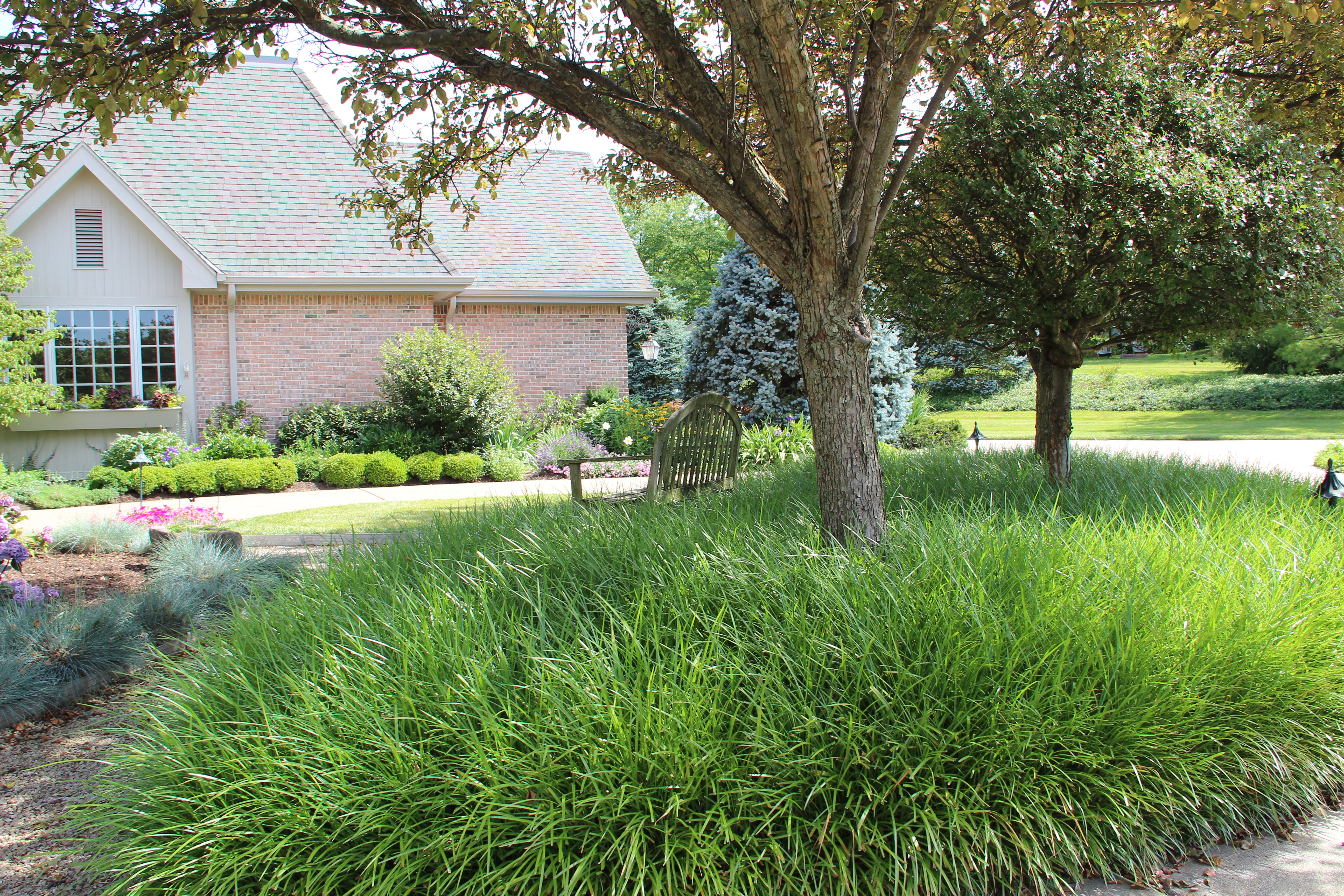
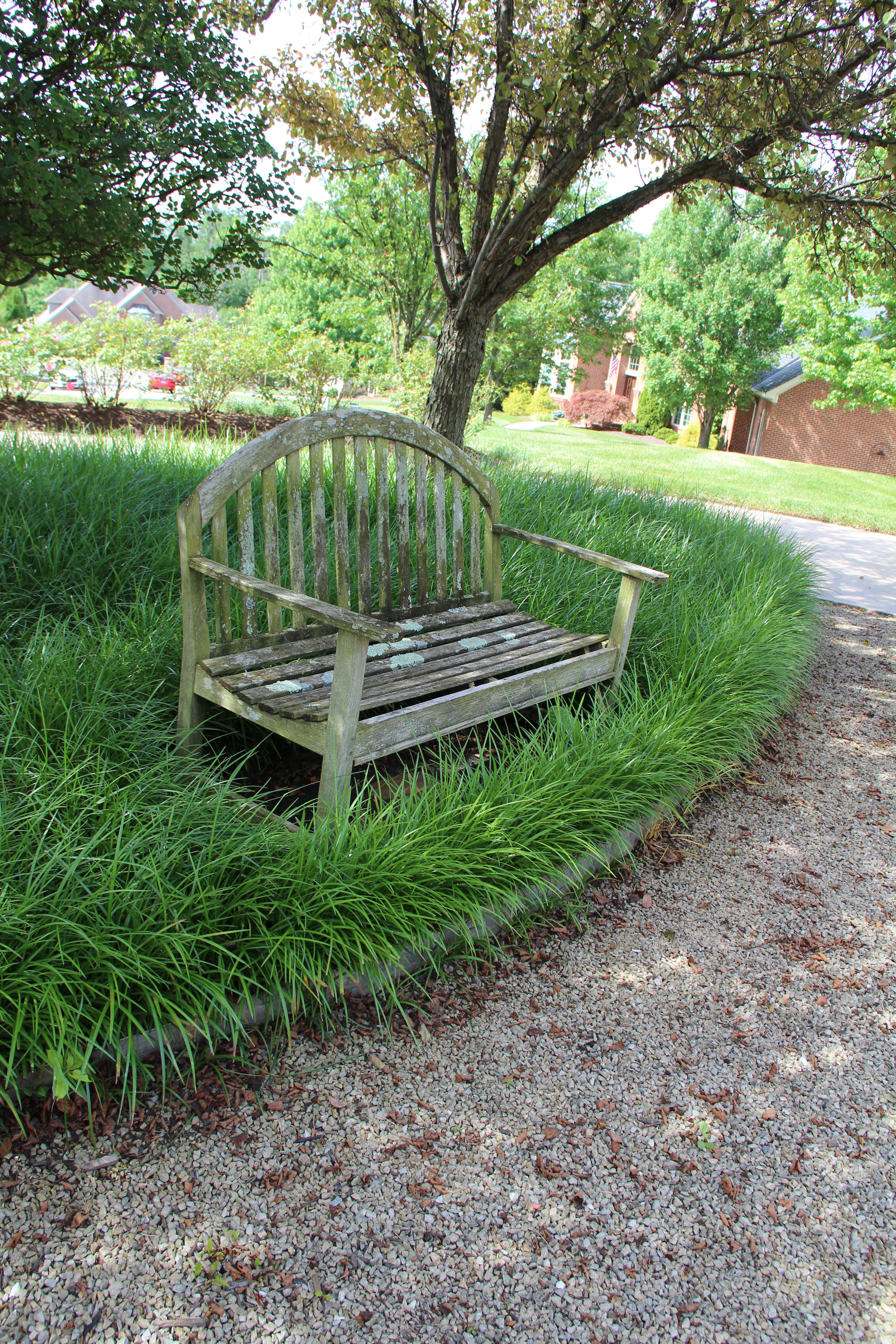
5) Support the craft brew craze and plant some hops.
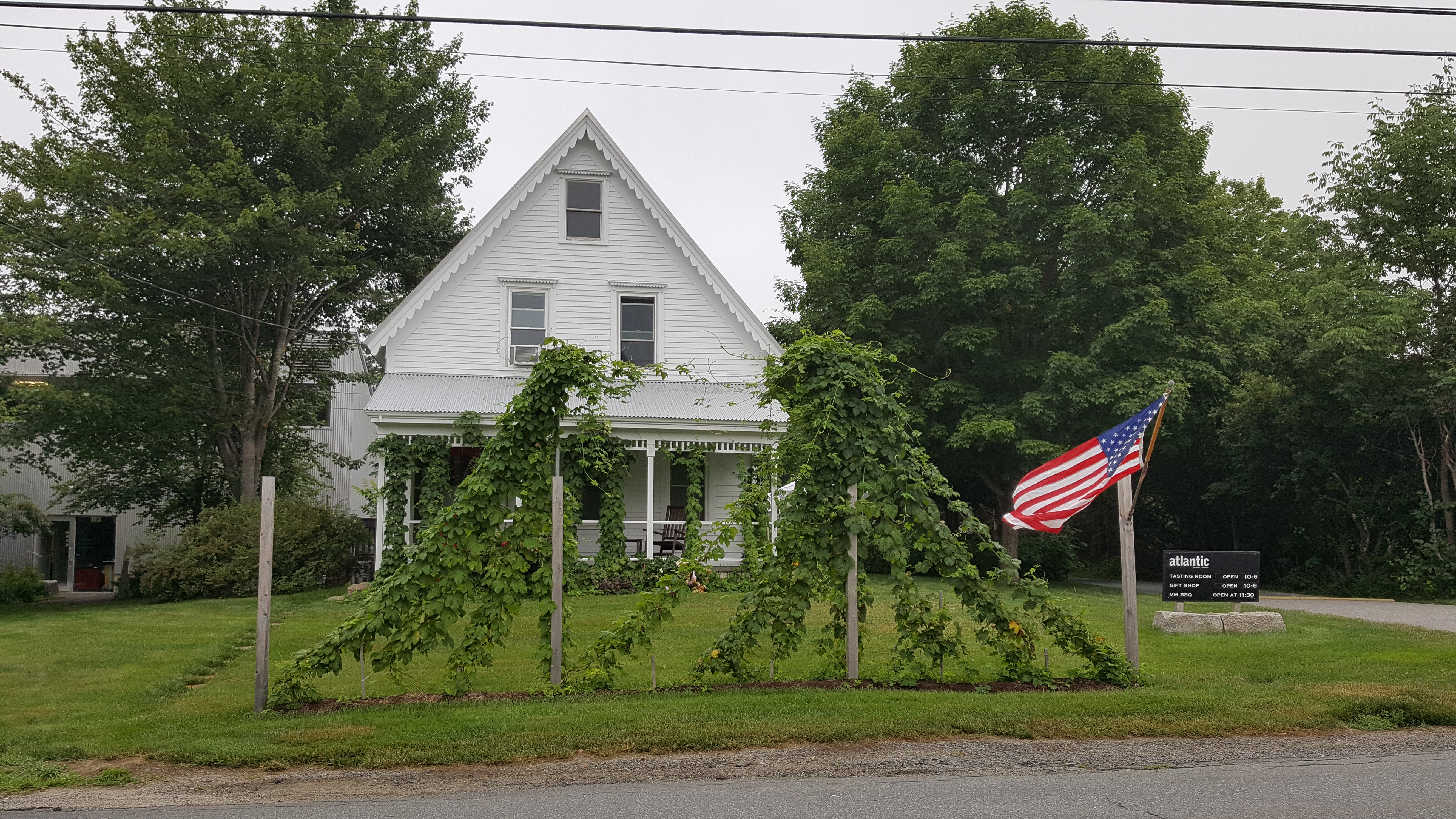
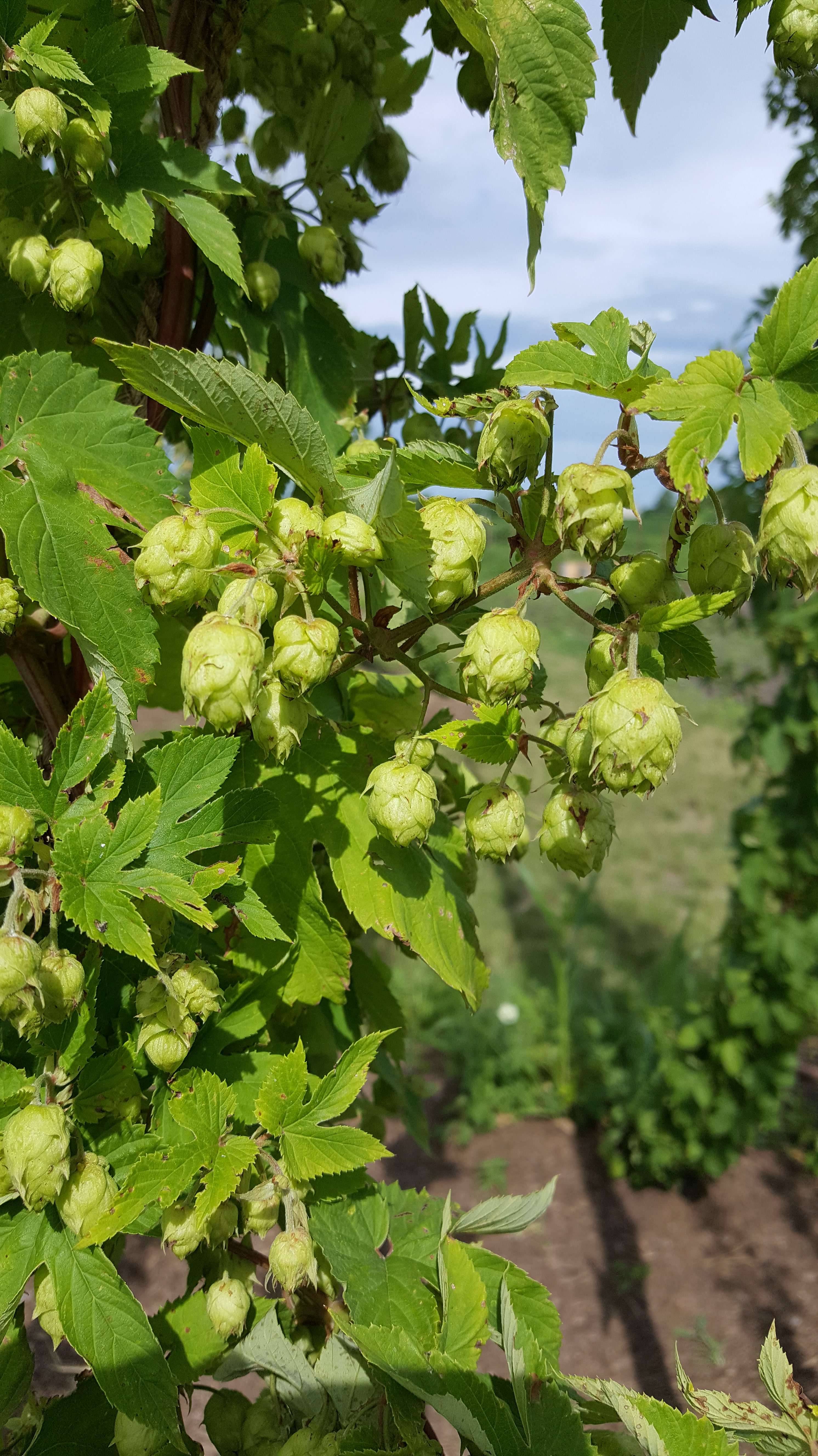
6) Be more creative and try the unexpected.
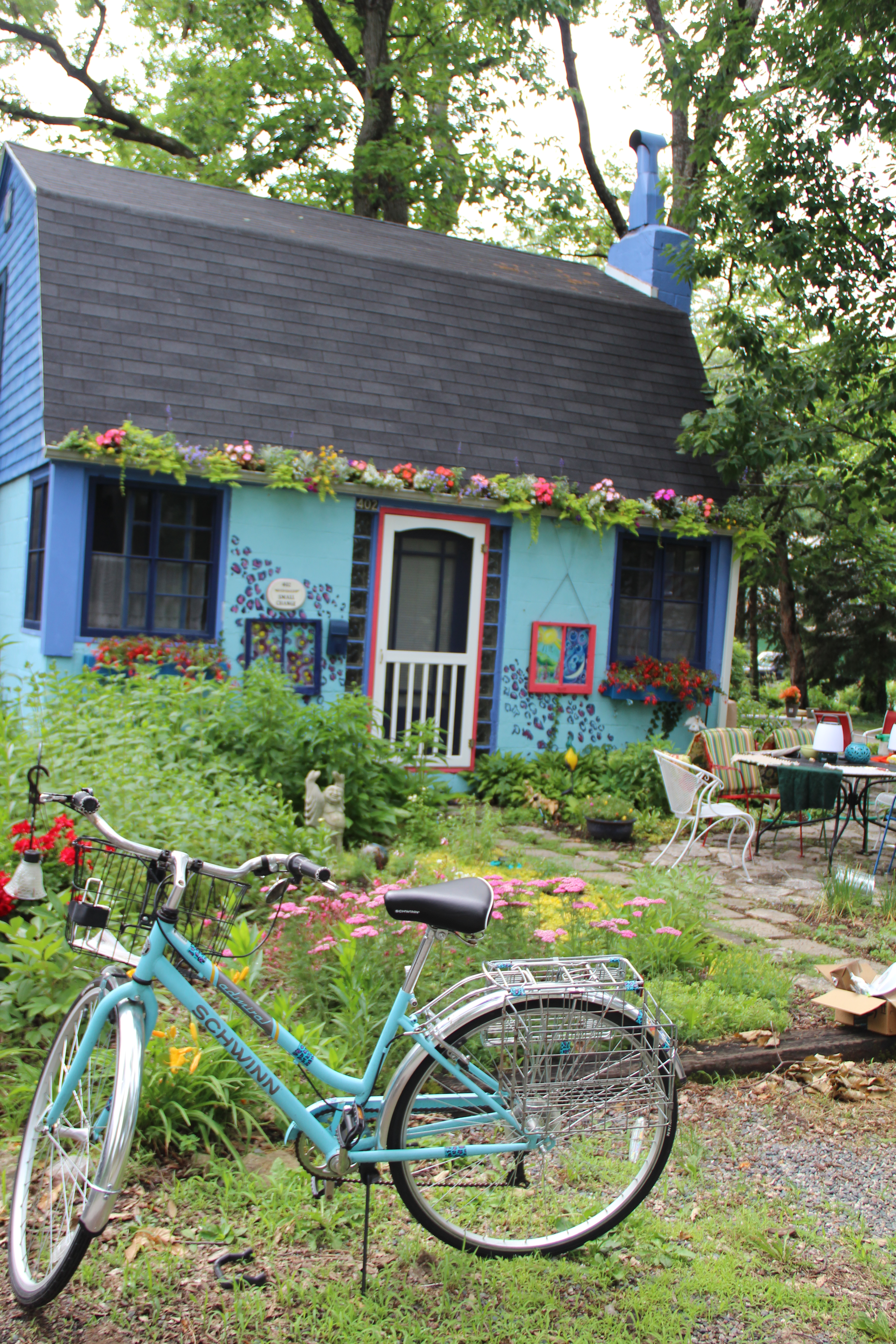
7) Spray paint salvaged finds blue then add them to an all-green landscape bed like this one filled with hostas.
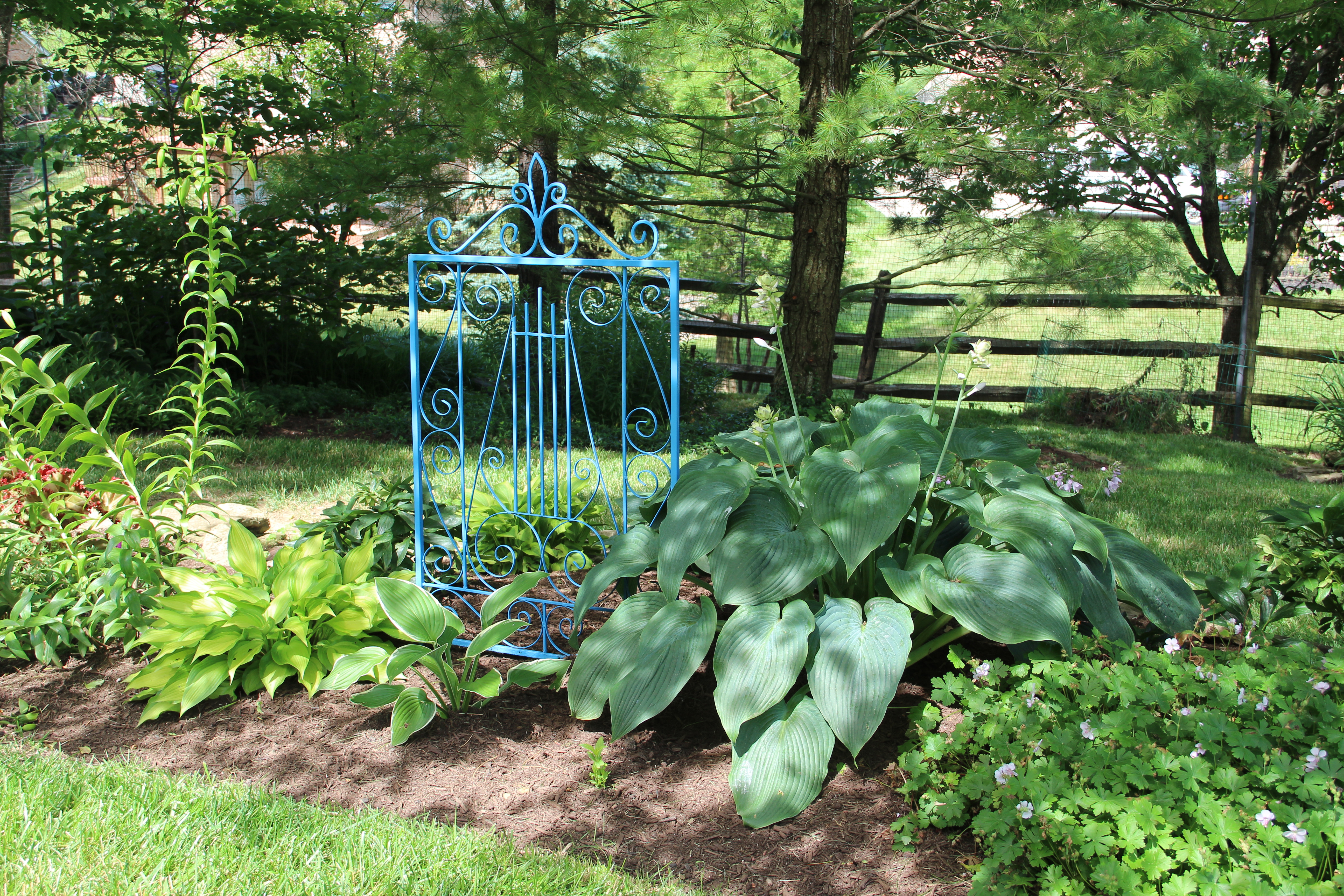
8) Add this native Queen of the Prairie to a moist spot in the yard. I love its showy June blooms.
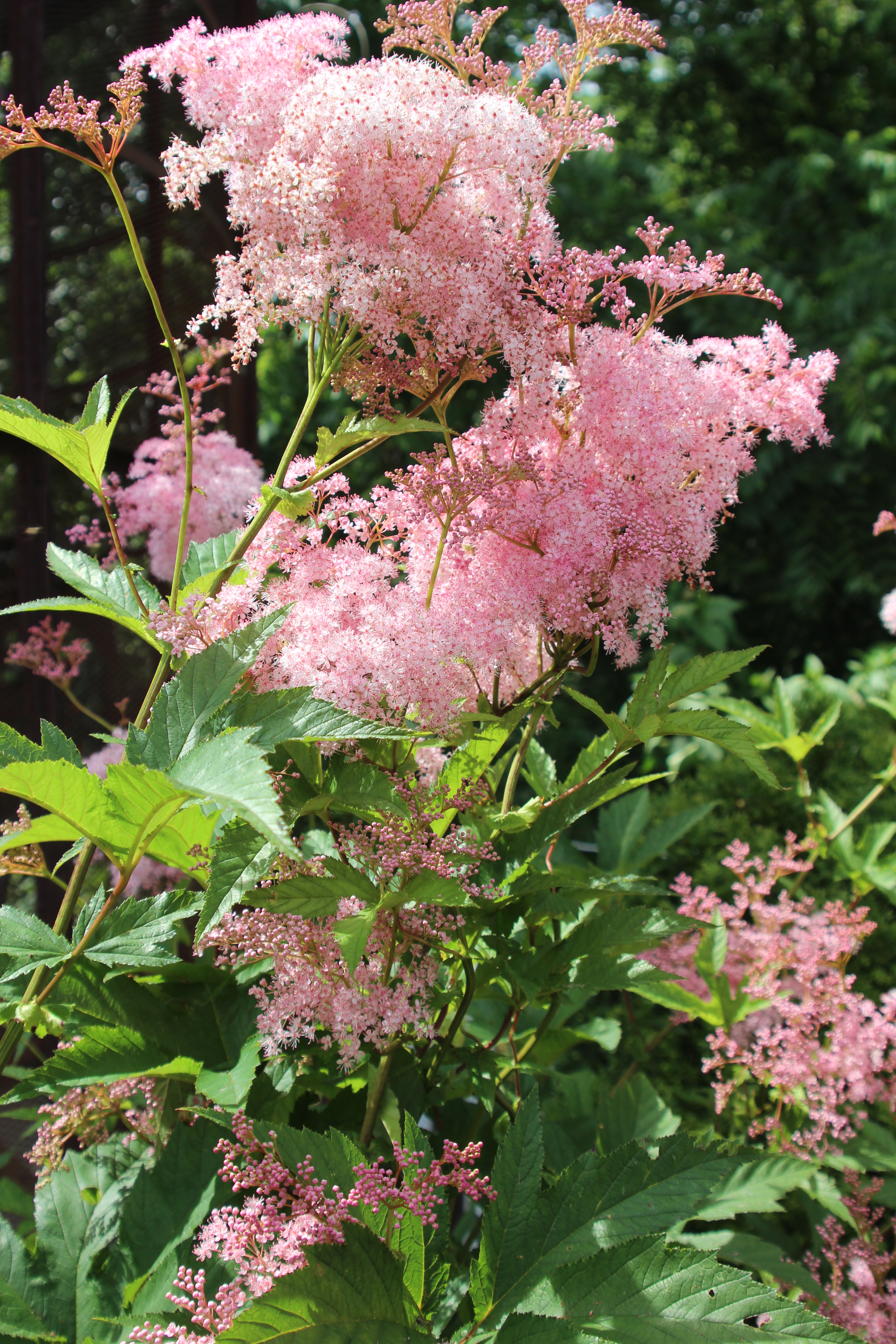
9) Go beyond the conventional turf.
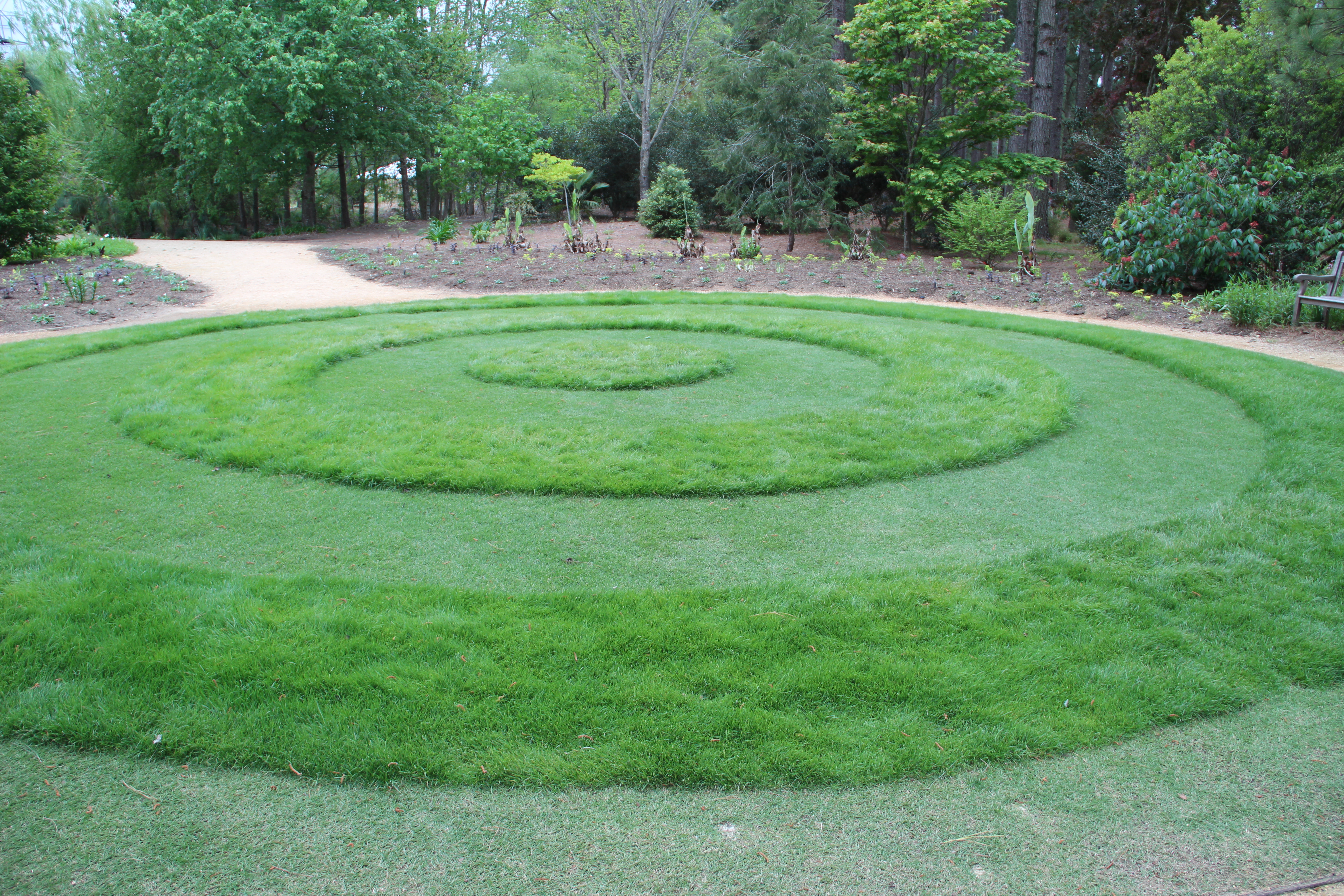
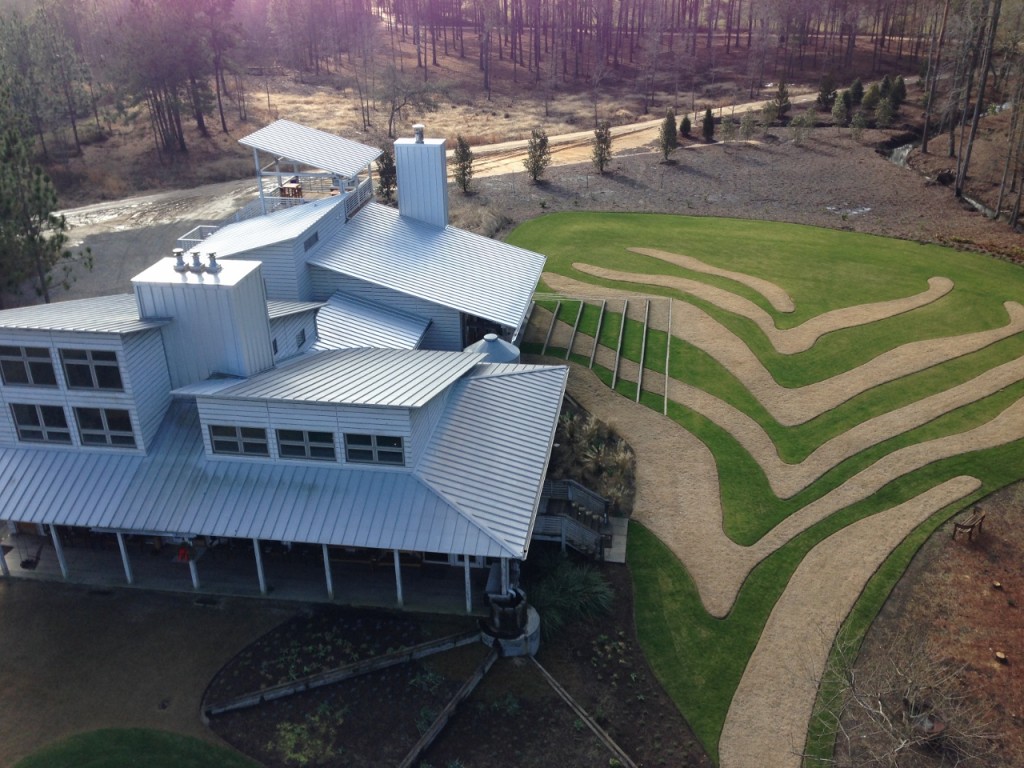
10) Find a spot for water-loving spring primrose.
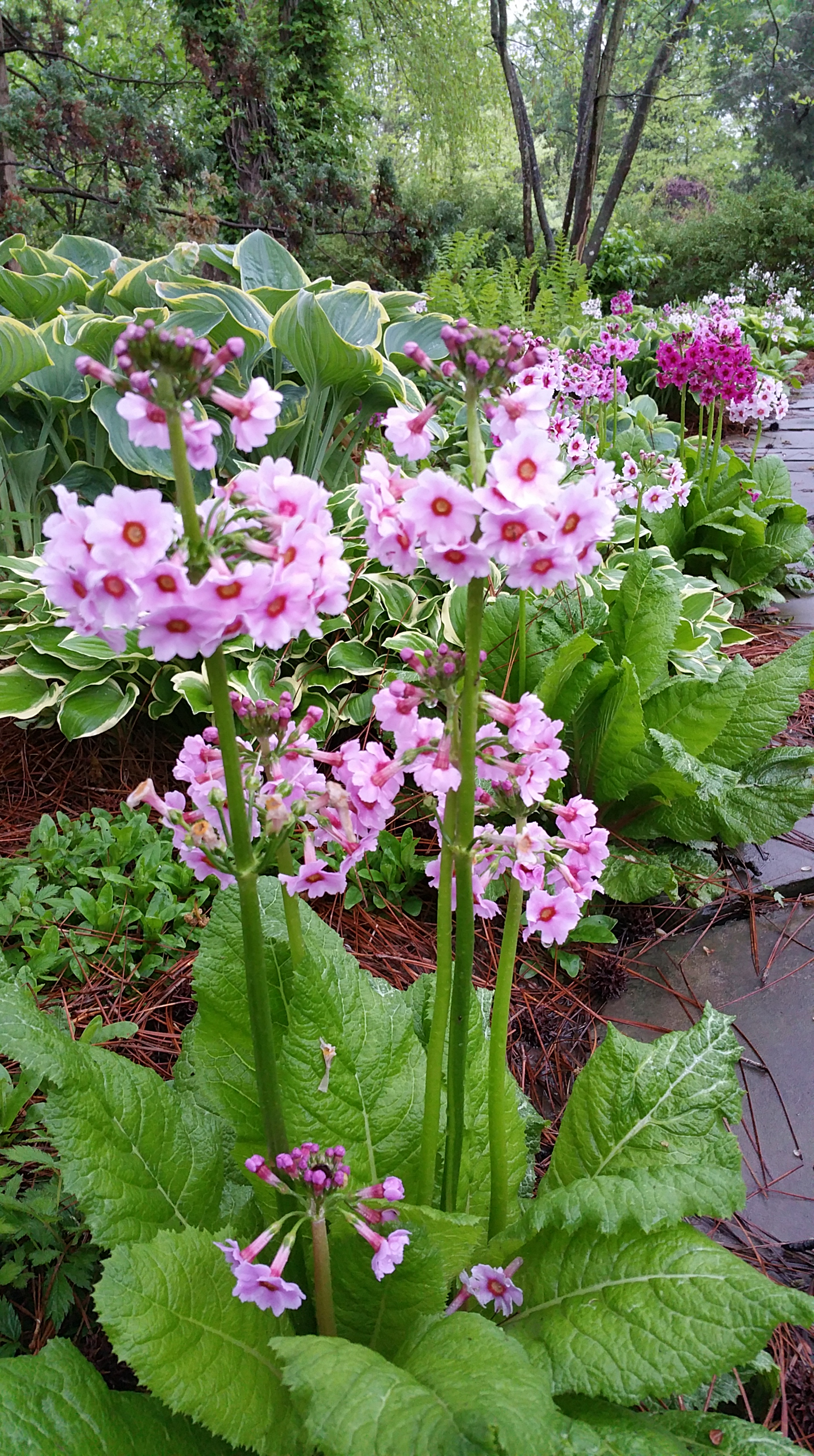
11) Incorporate more annuals. They add seasonal color and fill bare spots in the landscape.
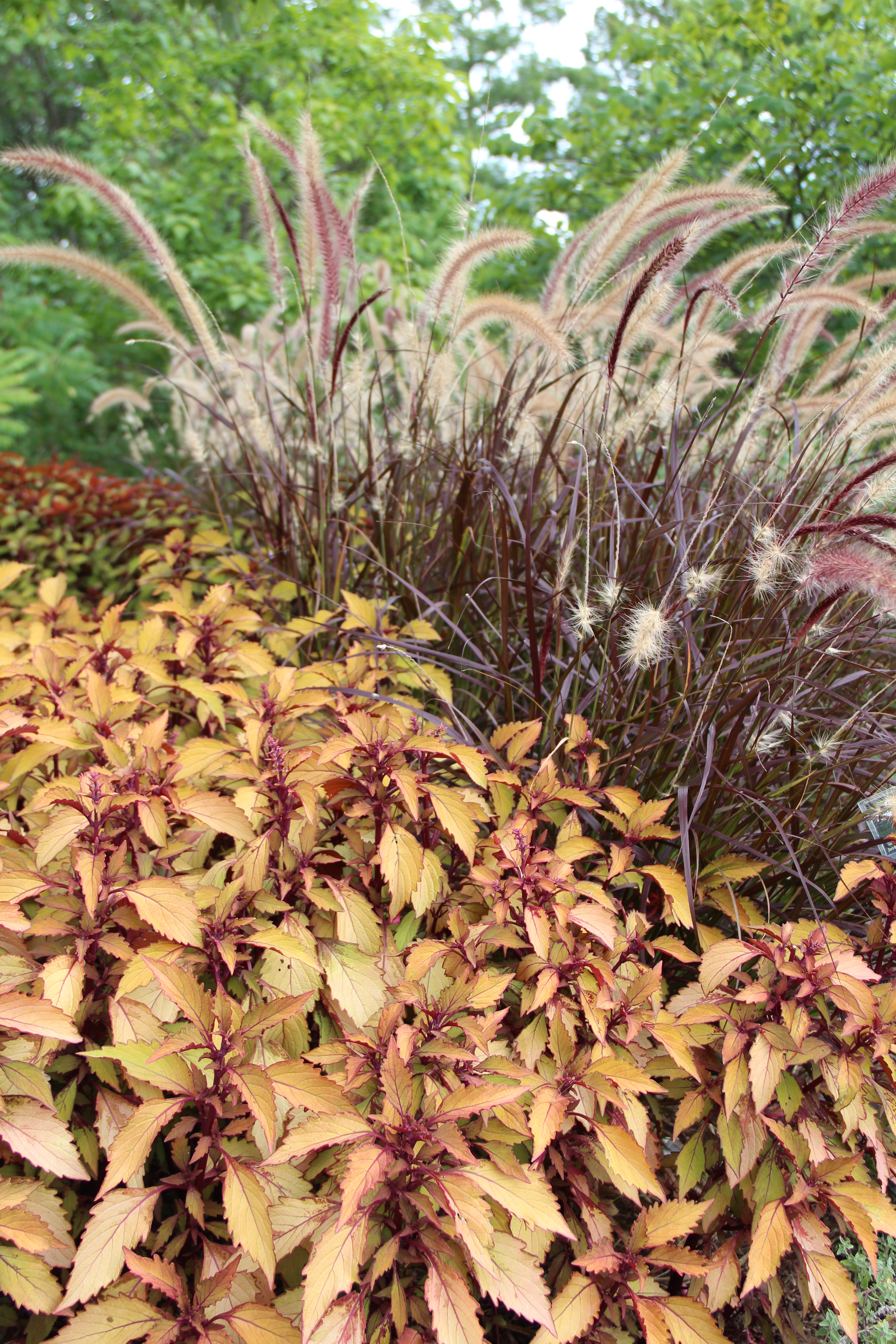
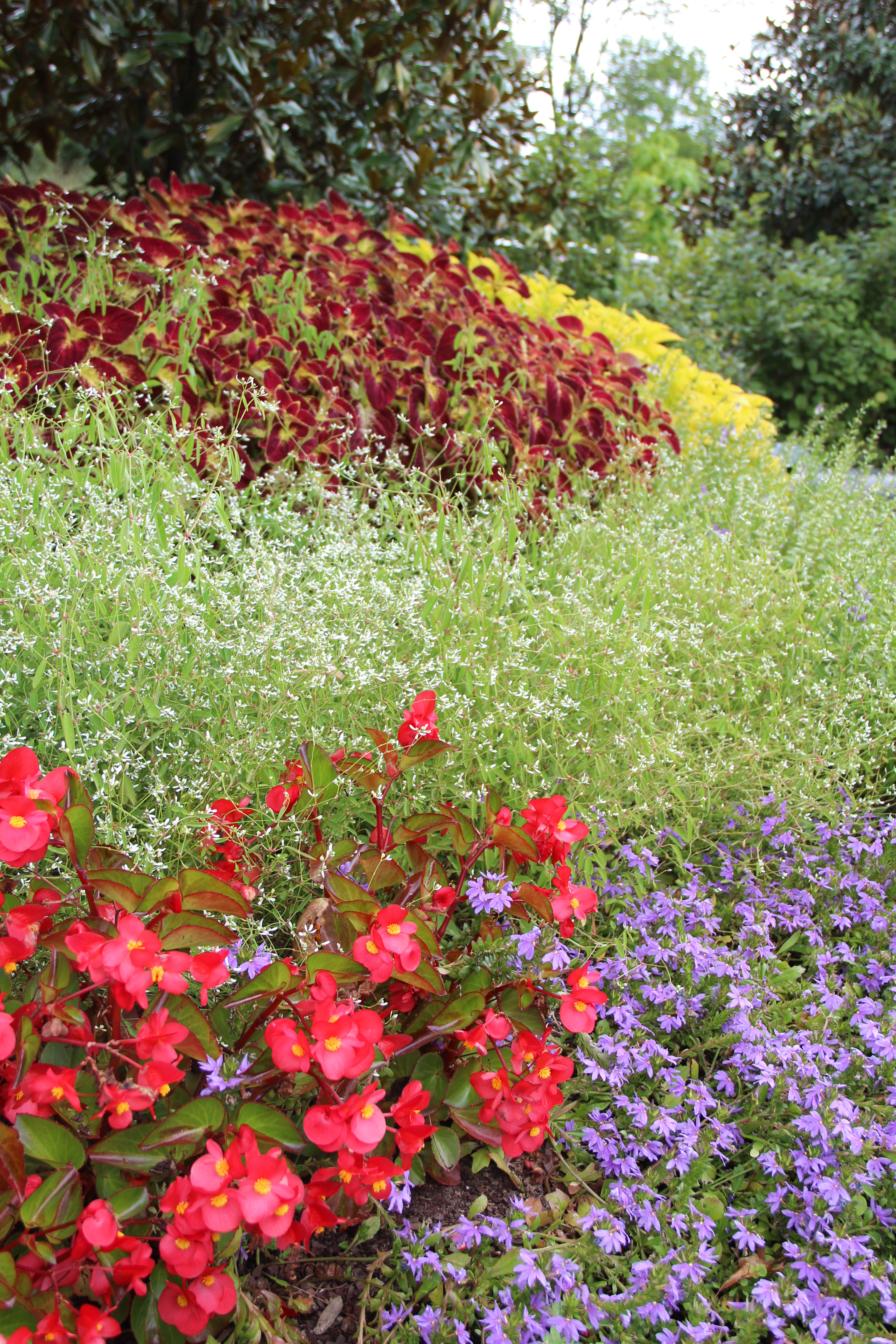 12) Create a small bog garden and fill it with pitcher plants like these.
12) Create a small bog garden and fill it with pitcher plants like these.
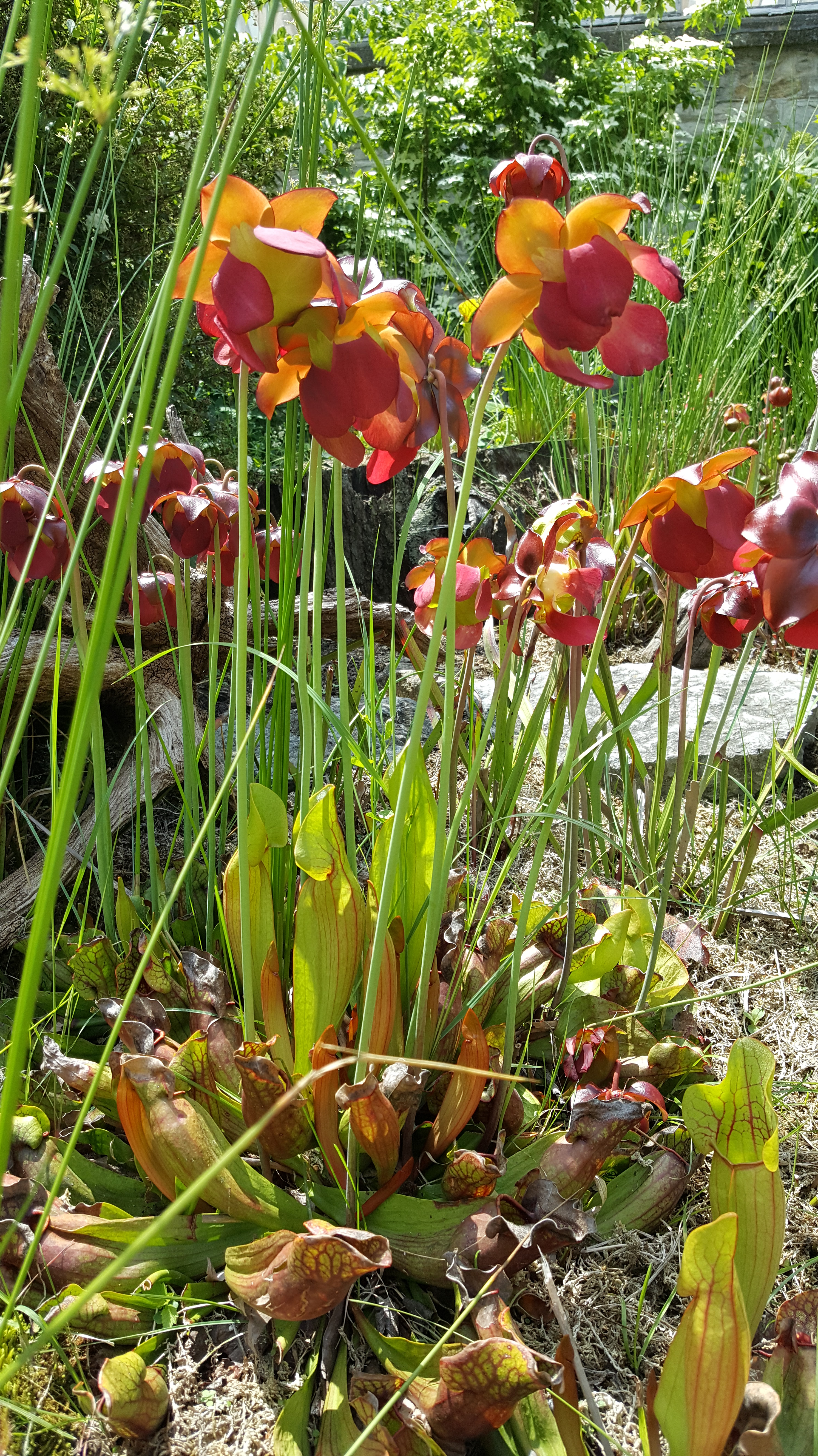
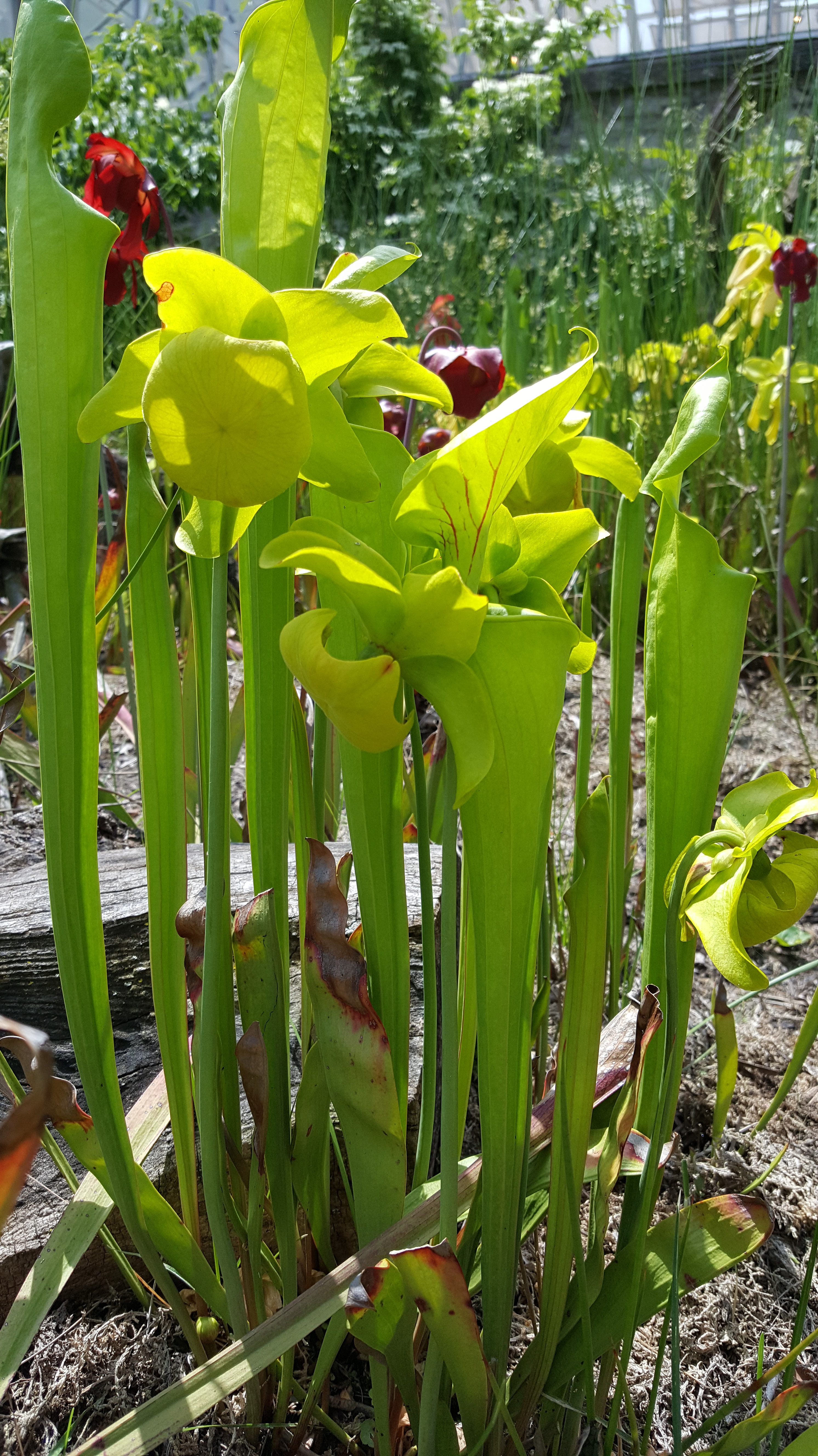
by GardenLover | Jul 14, 2016 | Gardens to Drive
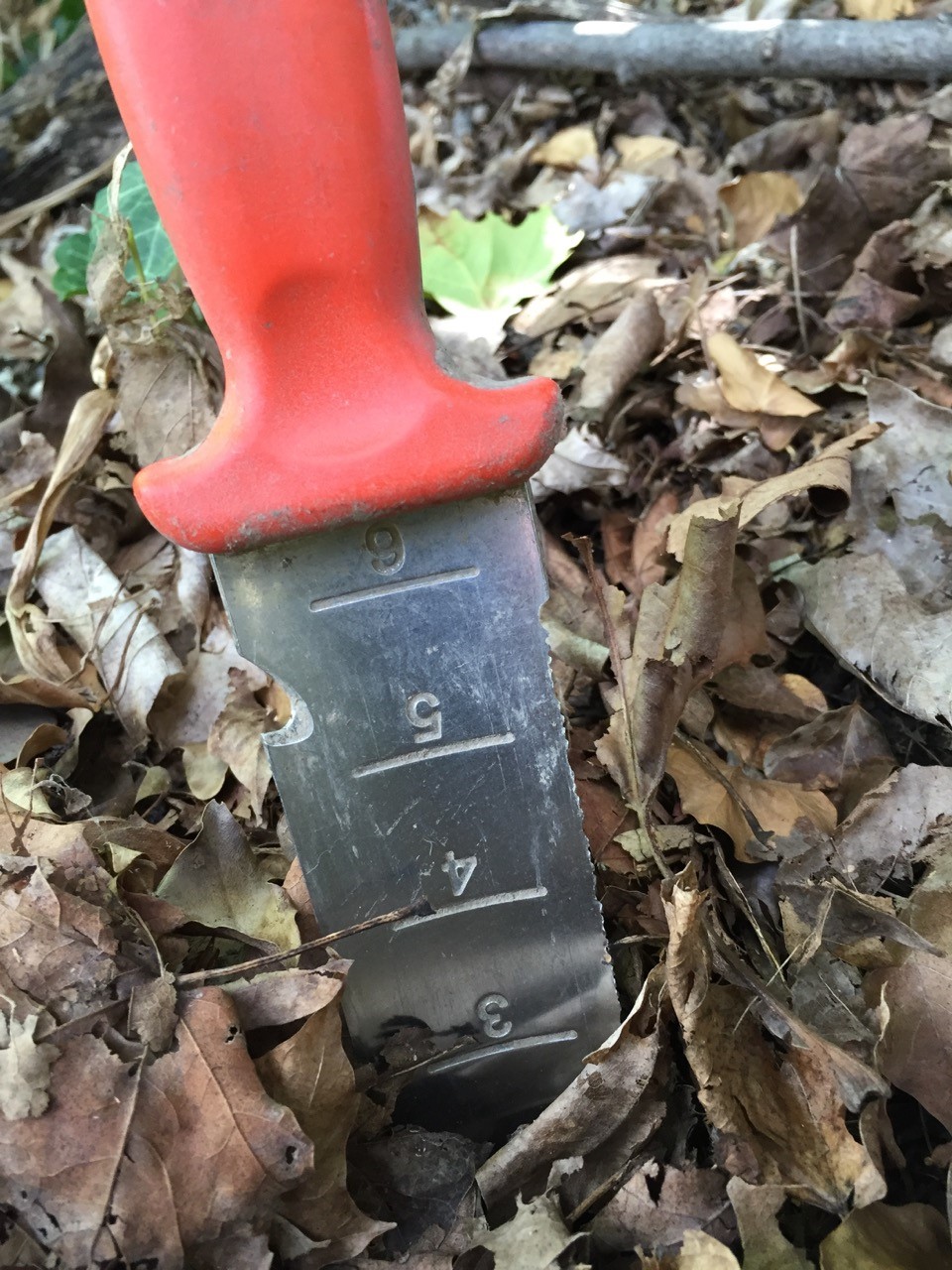
A 2-foot layer of maple leaves are down to about 3 inches in just a few months.
By Michael Leach
One of our readers, Rebecca Stultz, asked about bringing no-till farming practices into the home garden. This was in early March, just as the spring rush burst upon us. Thank you for your patience, Rebecca. We hope this guides you in making yours a more sustainable landscape.
At first, no-till may sound exotic but probably most gardeners use aspects of this approach to agriculture. Do you mulch to reduce watering, weeding and improve the soil? Have you spread sheets of cardboard or layers of newspapers to transform a portion of lawn into a new garden or landscape bed to spare your aching back? That’s part of no-till.
No-till has been out on the farm for years. Time, fuel and soil erosion are reduced simply by skipping traditional plowing. Remains of the old crops serve as mulch that eventually decomposes into organic matter that enhances soil quality. Cover crops are planted to enhance soil nutrition and tilth. This approach requires special seeding devices to minimize soil disturbance that brings fresh weed seeds to the surface where they sprout and cause trouble.
Now to Rebecca’s questions.
When and how should compost and/or fertilizer be added/incorporated in each year’s cycle for no-till?
A professional soil test will show what type soil and its nutrient content, the amount of organic matter and other aspects of your soil so you can tailor amendments precisely.
Some anecdotal information I found shows that Ruth Stout, garden author and contributor to Organic Gardening used no-till for decades. At planting time, she scratched the soil’s surface enough for the seeds to make contact, lightly covered them, and sprinkled cottonseed meal along the “furrow.” Her 8-inch layer of hay (preferably slightly spoiled) continually decomposed and was renewed, so compost, cover crops or other amendments weren’t necessary. She touted thick mulch as a way to eliminate watering, weeding and most other maintenance. That amount of mulch seems excessive but it quickly settles to a 2- to 3-inch mat.
Lee Reich, a national garden writer and no-till fan for 20 years, prepares the planting area by covering it with a 1-inch layer of compost at planting time.
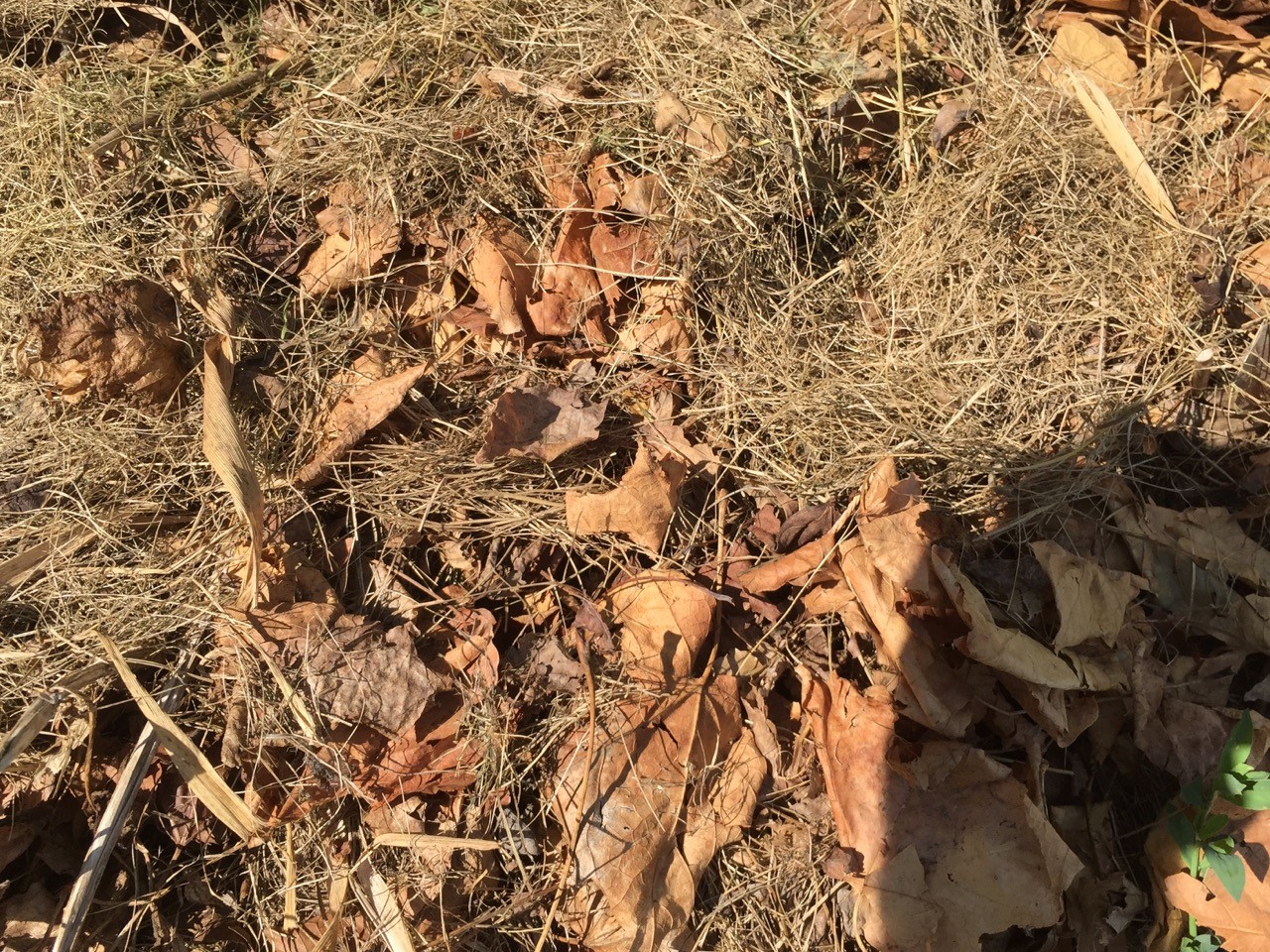 If fall leaves are not tilled or forked in, how thick a layer is practical to leave on the beds and still plant rows of seeds?
If fall leaves are not tilled or forked in, how thick a layer is practical to leave on the beds and still plant rows of seeds?
Remember the mulch is pulled back at planting time to expose only the soil you want to plant in. You don’t cover the seeds with mulch.
As for handling leaves, personal experience shows that 2-foot layers of sugar maple leaves “stored” overwinter in a vacant bed become a 3- to 4-inch layer by late May. This layer goes to nothing before the next leaf drop. No forking or spading is needed.
Because my leaves are collected with the help of a lawn mower, they mix with grass clippings, that probably speeds decomposition. Even without being chopped and mixed with grass clippings, autumn leaves in the forest all but vanish by mid-summer.
The more mulch the better
“Whatever you use, don’t skimp on mulch,” Barb Flick says in an Oregon State University Extension article. “A heavy layer not only keeps weeds from growing, it also keeps the underlying soil moist, greatly reducing the amount of watering you need in the summer.”
Using a thick mulch over several years adds more organic matter helps soil become like a sponge in absorbing water, says Mike Hogan, Ohio State University Extension educator and professor.
If the recommended 8 to 10 inches of mulch is hard to come by, Flick suggests using sheets of cardboard or layers of newspaper on the ground. This smothers out most weeds and keeps weed seeds from germinating. Cover this with a layer of mulch.
This is what Christine Voise does. In addition to her regular job as geographic information system and accession specialist at Ohio State University’s Chadwick Arboretum, she grows fresh vegetables for restaurants. Thick mulch keeps plants — and gardener — cleaner because there’s no mud to splash onto leaves, fruit or track inside.
Water once
Voise only waters the plants after planting and relies on a thick mulch around to get them through. Years of heavy mulching has enriched the soil to that sponge-like quality.
If straw is used as a mulch around plants, in the fall should it be left on the beds under the leaves or put in the compost bin?
Add mulch whenever it’s needed. Whatever the material — leaves, straw, hay, compost, grass clippings — it all eventually decomposes. If there’s still several inches of straw or other mulch on the beds, fewer leaves will be needed to maintain the desired cover depth.
What cover crops work well in suburban garden beds?
There’s plenty to learn about cover crops in an article in the July 8, 2015 edition of Organic Life. Cover crop benefits include suppressing weeds, building productive soil and helping control pests and diseases.
You may not need to use them. A thick mulch also cuts weeding, watering, soil erosion, while improving soil quality after it decomposes.
Personal experience makes me leery of cover crops. The only one I tried was so vigorous it took weeks to kill and delayed planting.
Precautions — Common sense dictates some basic sanitation no matter what approach you use to gardening. Reduce chances of diseases or pesky insects hanging around to attack future vegetable crops by collecting vegetable leaves as they fall off. Remove spent plants for municipal composting collection. If you have a hot compost pile, such debris can be disposed of there because high temperatures kill pathogens.
by GardenLover | Jul 1, 2016 | Gardens to Drive
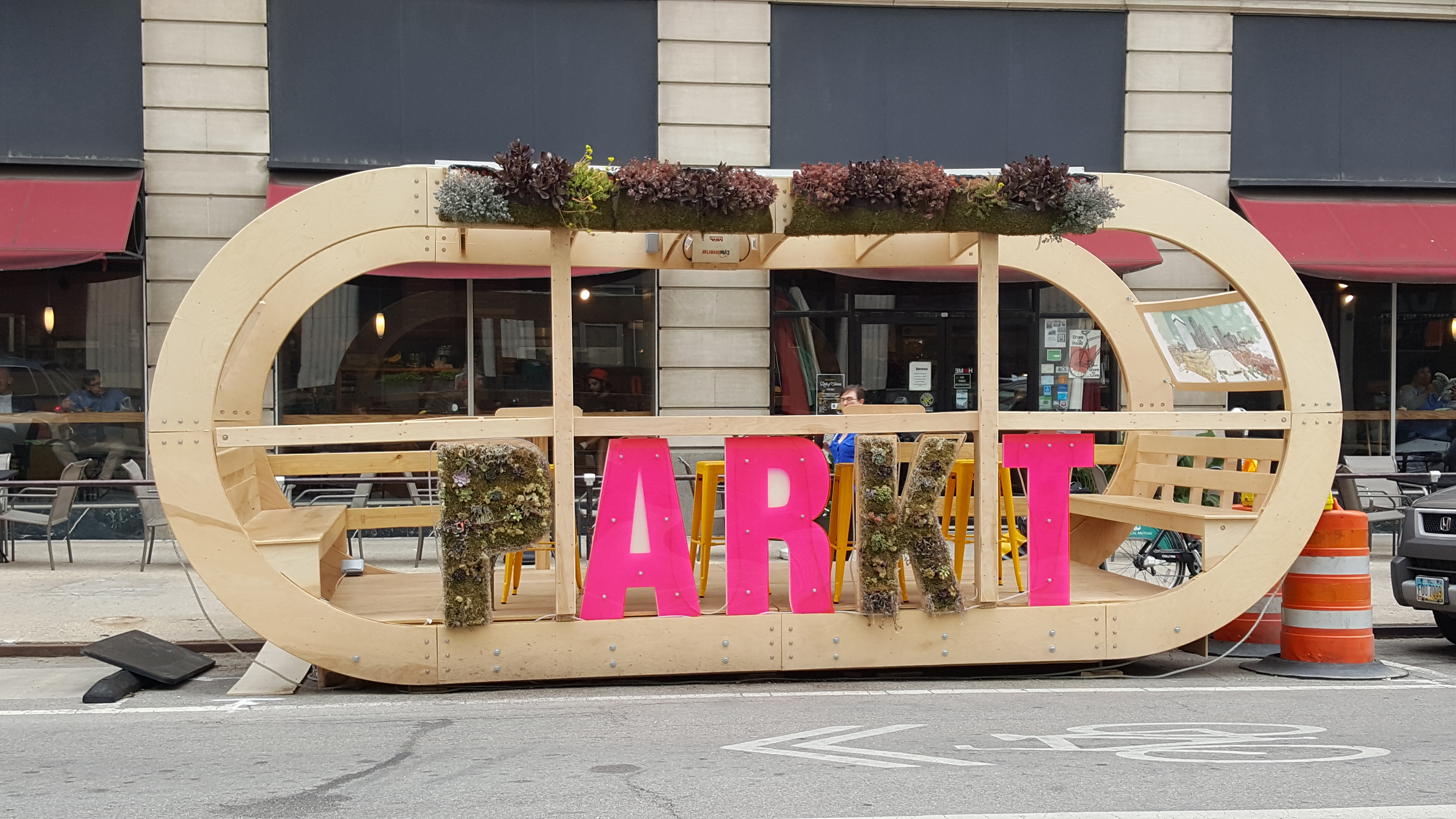 A Big Idea for Pint-Sized Urban Green Spaces
A Big Idea for Pint-Sized Urban Green Spaces
By Teresa Woodard
Two Midwestern cities — Chicago and Columbus — are converting public parking spaces into postage-stamp-sized parks called “parklets.” And, thankfully, they’re outfitting them with plants and seating areas.
According to Governing Magazine, the parklet idea started in 2005 in San Francisco when a design company descended on a downtown parking space, fed the meter and created a p0p-up park complete with sod, public benches and leafy trees. They called it Park(ing) Day, which eventually became an annual event.
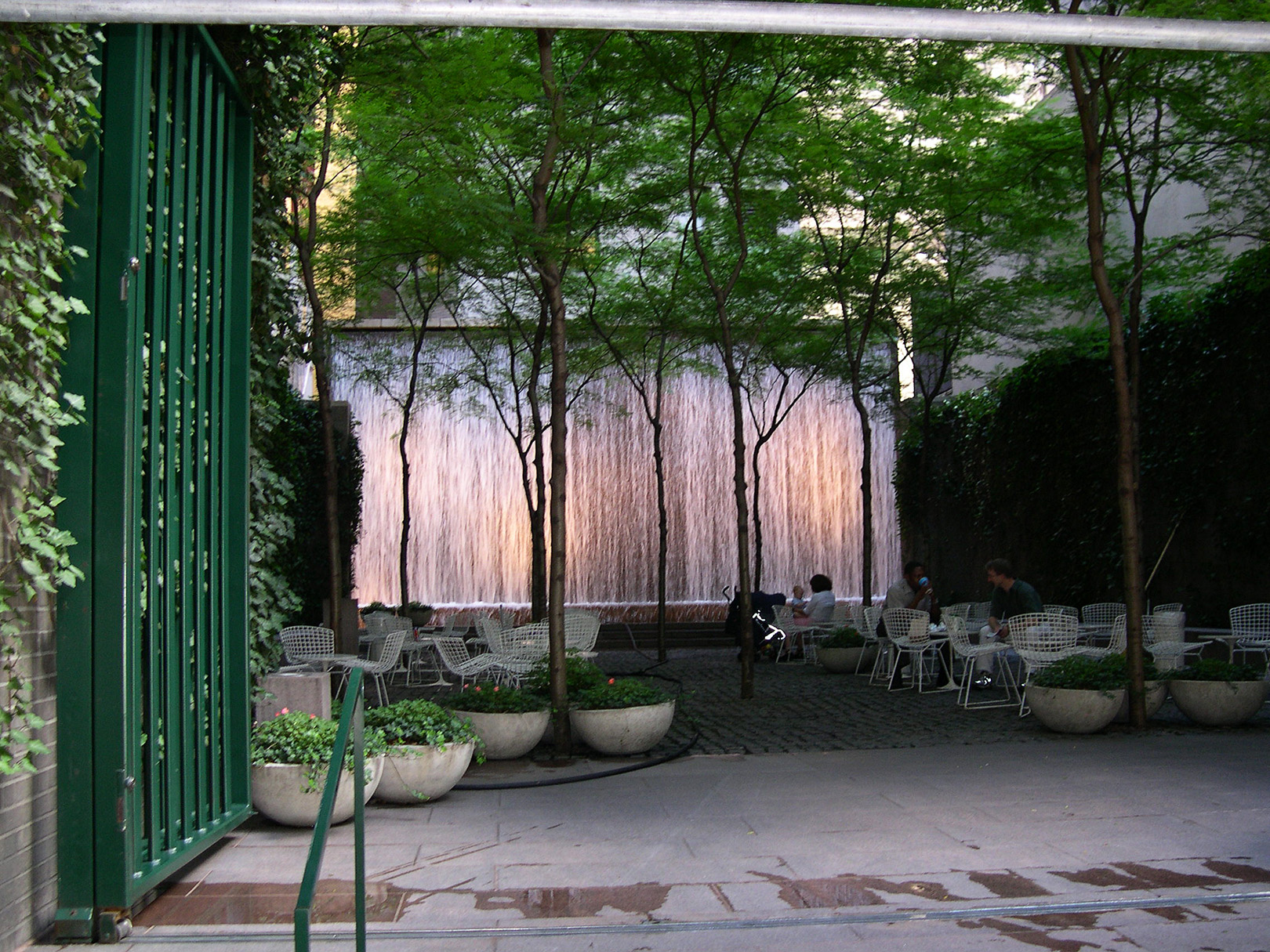
Pocket Park in New York City
Late in 2009, New York City adopted the idea of pint-sized parks as it converted street spaces into pedestrian-only plazas. San Francisco opened its first permanent parklet in March 2010 and has since completed 27 parklets and has plans for another 40.
In Chicago, the parklets are called “People Spots.” The first opened in 2012 in Andersonville, and five more followed as part of Mayor Rahm Emanuel’s Make Way for People program to turn streets, alleys and vacant city-owned parcels into vibrant urban hubs.
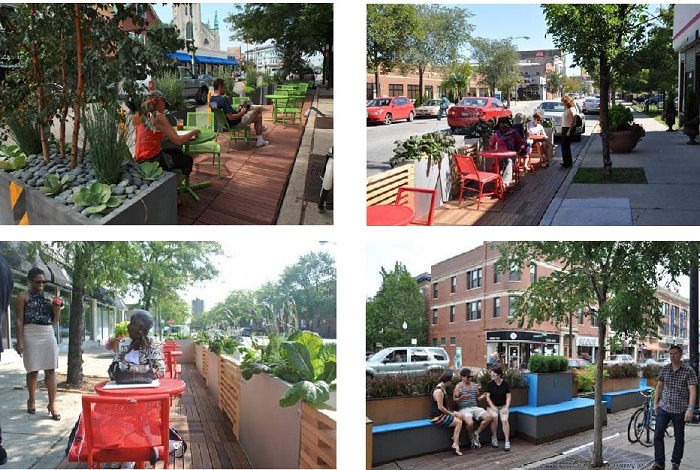
People Spots (Images from City of Chicago website)
In Columbus, a non-profit group PlaceMakes has opened four microparks, including three temporary parklets and its latest West Cherry Street project. Here, two underused city blocks have been temporarily closed and turned into a dynamic public space. Community residents painted the street bright blue with big red and small yellow polka dots. They further enhanced the space with picnic tables, planters and a community mural – all funded by grants, business donations and volunteers. They’ve also organized a “Cherry Sunday” series including events from poetry readings to vertical gardening workshops.
A few blocks away, the latest Columbus parklet stands in a parking space in front of a cafe and just got approval from the city to remain two months longer than planned – until September – because it’s been so successful. The parklet features a wooden structure with seating, planters and two semi-transparent lithographs of Columbus buildings by local artist Leah Storrs. The parklet is also equipped with solar panels that power the letters “A,R,T” on a sign mounted on the street side that reads “PARKT.”
Check out these websites to find a parklet or build one near you.
by GardenLover | Jun 22, 2016 | Gardens to Drive
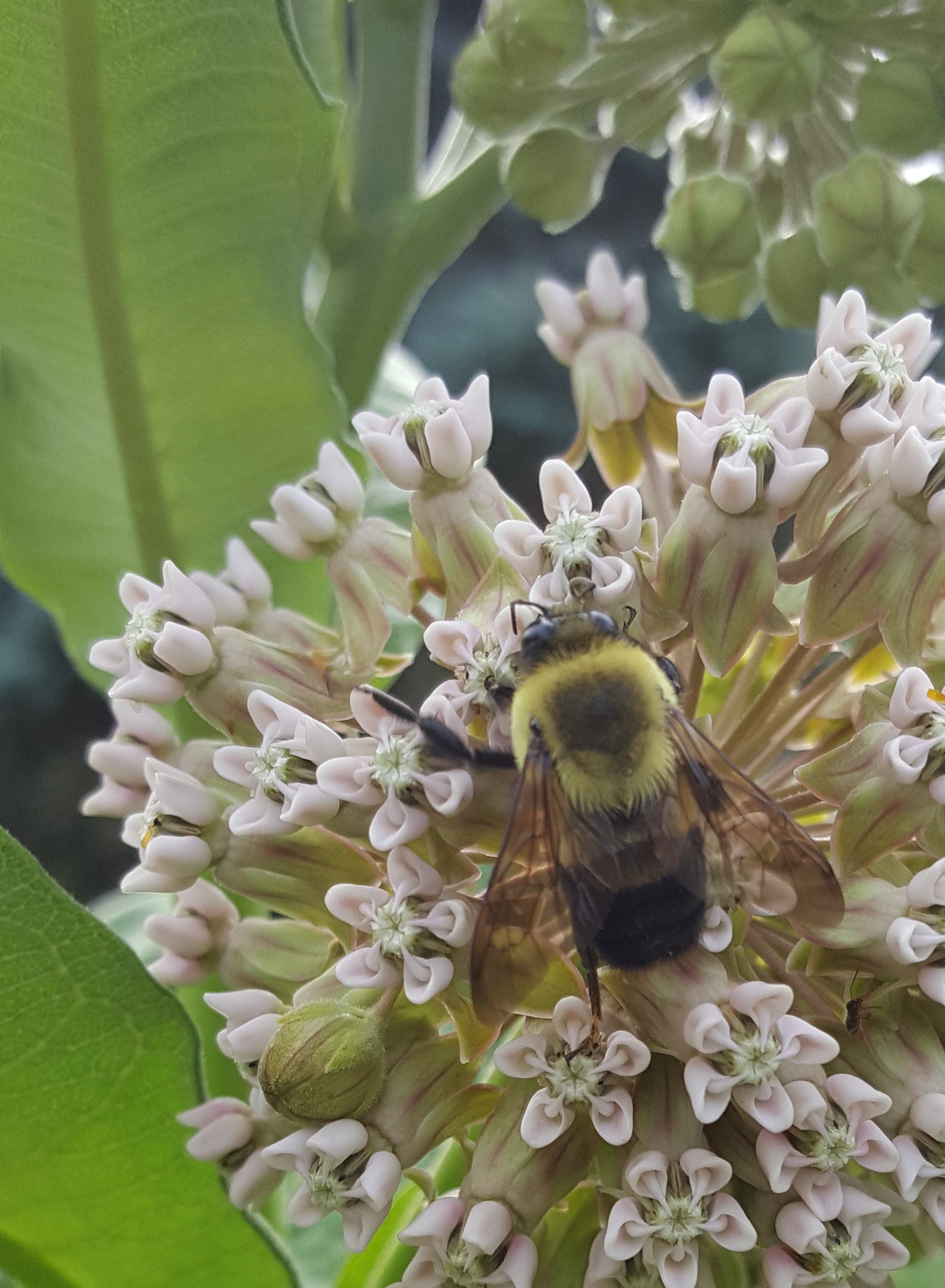 A Love Affair: Bumbles and Common Milkweed
A Love Affair: Bumbles and Common Milkweed
By Debra Knapke
Every second and fourth Wednesday, the Governor’s Gardeners work in the Heritage Garden at the Ohio Governor’s Residence. The Heritage Garden is special and the only one of its kind in the United States. It showcases Ohio’s natural history by representing the five major ecosystems – also called physiographic regions – of the state I call home.
I’ve been a member of the Heritage Garden Committee since 2004 and have assisted in the design of two areas of the garden. I have taken a lot of pictures of this special place and am constantly amazed at the beauty of these vignettes of Ohio’s natural landscapes.
Today, when I arrived, I was drawn to the area where the common milkweed is in full bloom. Imagine the sound of hundreds of bumbles (short for “bumblebees”) and the sweetest perfume that floats on a breeze. What a perfect way to celebrate pollinator week: showing them busily at work and apparently very happy. Please excuse my human assumption that they are happy, but I was happy, so they must have been happy, too.
It is not easy to catch bees as they harvest nectar and pollen from thousands of flowers. If you look closely, you can see several bumbles in the picture below. On the left-most umbel of flowers you can see a bumble with loaded pollen sacs.
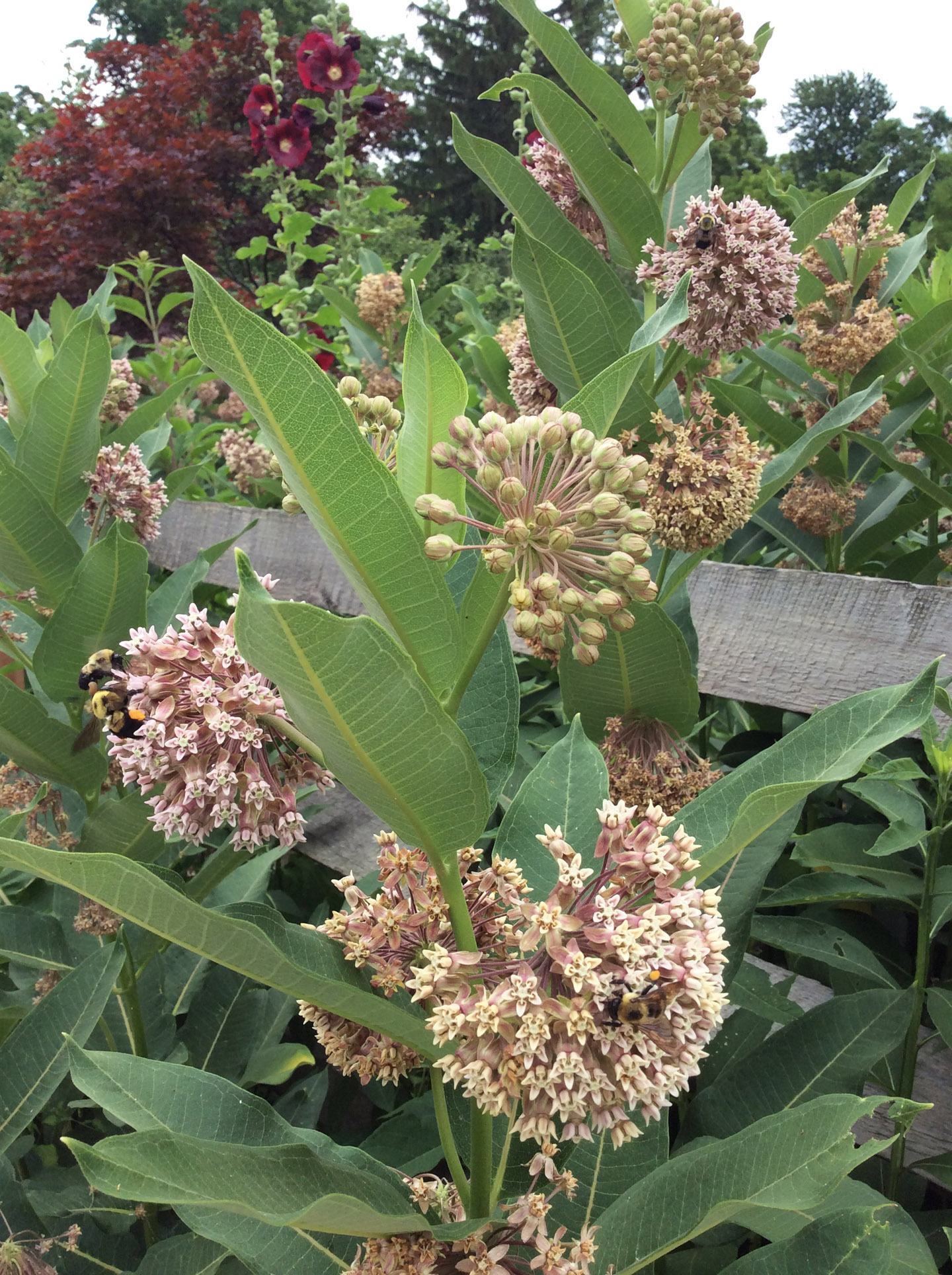
Guy Denney, former Chief of Natural Areas and Preserves for the Ohio Department of Natural Resources and one of the first advisors for the Heritage Garden, said that this stand of milkweed is one individual plant that has colonized this patch of the garden. This plant well deserves the “weed” portion of its name. plant it only if you have room to spare or are willing to “edit” your stand of plants.
I will be watching for seeds later in July. Can’t wait to start my own patch of common milkweed.
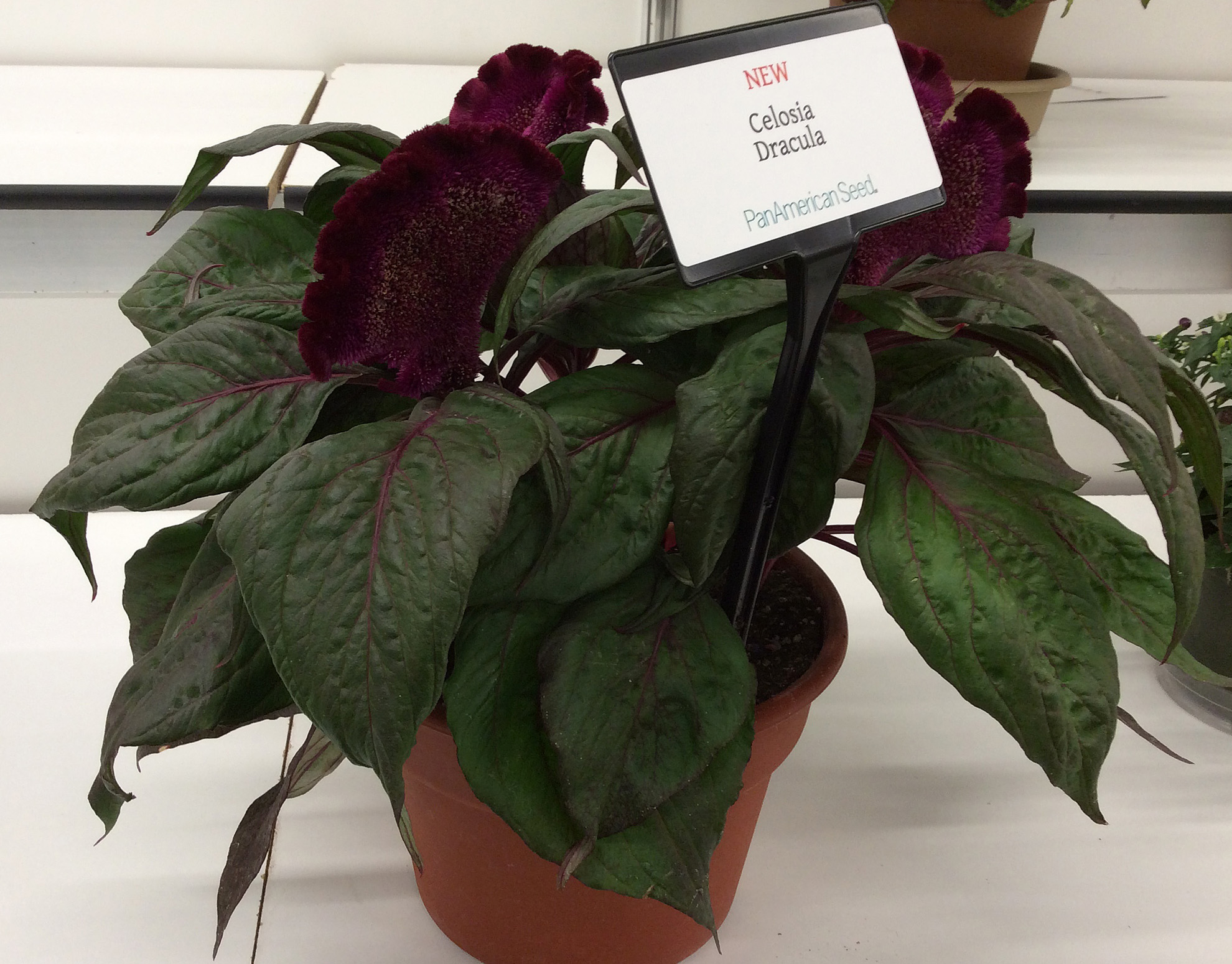

 Sunflowers (Helianthus Vincent Choice) in combination with lisianthus (Eustoma grandifloruim ‘Black Pearl’ and ‘Rosanne’) make a luscious combination in a vase. Plant lust hit again…
Sunflowers (Helianthus Vincent Choice) in combination with lisianthus (Eustoma grandifloruim ‘Black Pearl’ and ‘Rosanne’) make a luscious combination in a vase. Plant lust hit again… Carrying on our current love affair with succulents in the home and garden, many framed displays of succulents were scattered around the trade show. This “picture” was one of three set up along one of the primary cross-paths in the show. I was trying to think where a four by four foot display would fit in my living room.
Carrying on our current love affair with succulents in the home and garden, many framed displays of succulents were scattered around the trade show. This “picture” was one of three set up along one of the primary cross-paths in the show. I was trying to think where a four by four foot display would fit in my living room. The other two easels were mixes of succulents, grasses and ferns. Note the potted plants close to the center of the picture. These turmeric plants (Curcuma hybrid) were selected for their gorgeous flowers. I grew turmeric years ago thinking that I would harvest and dry the rhizome for use in the kitchen. The flowers were beautiful, but not as free-flowering as the new hybrids. Note to self: another plant that will be grown next season.
The other two easels were mixes of succulents, grasses and ferns. Note the potted plants close to the center of the picture. These turmeric plants (Curcuma hybrid) were selected for their gorgeous flowers. I grew turmeric years ago thinking that I would harvest and dry the rhizome for use in the kitchen. The flowers were beautiful, but not as free-flowering as the new hybrids. Note to self: another plant that will be grown next season.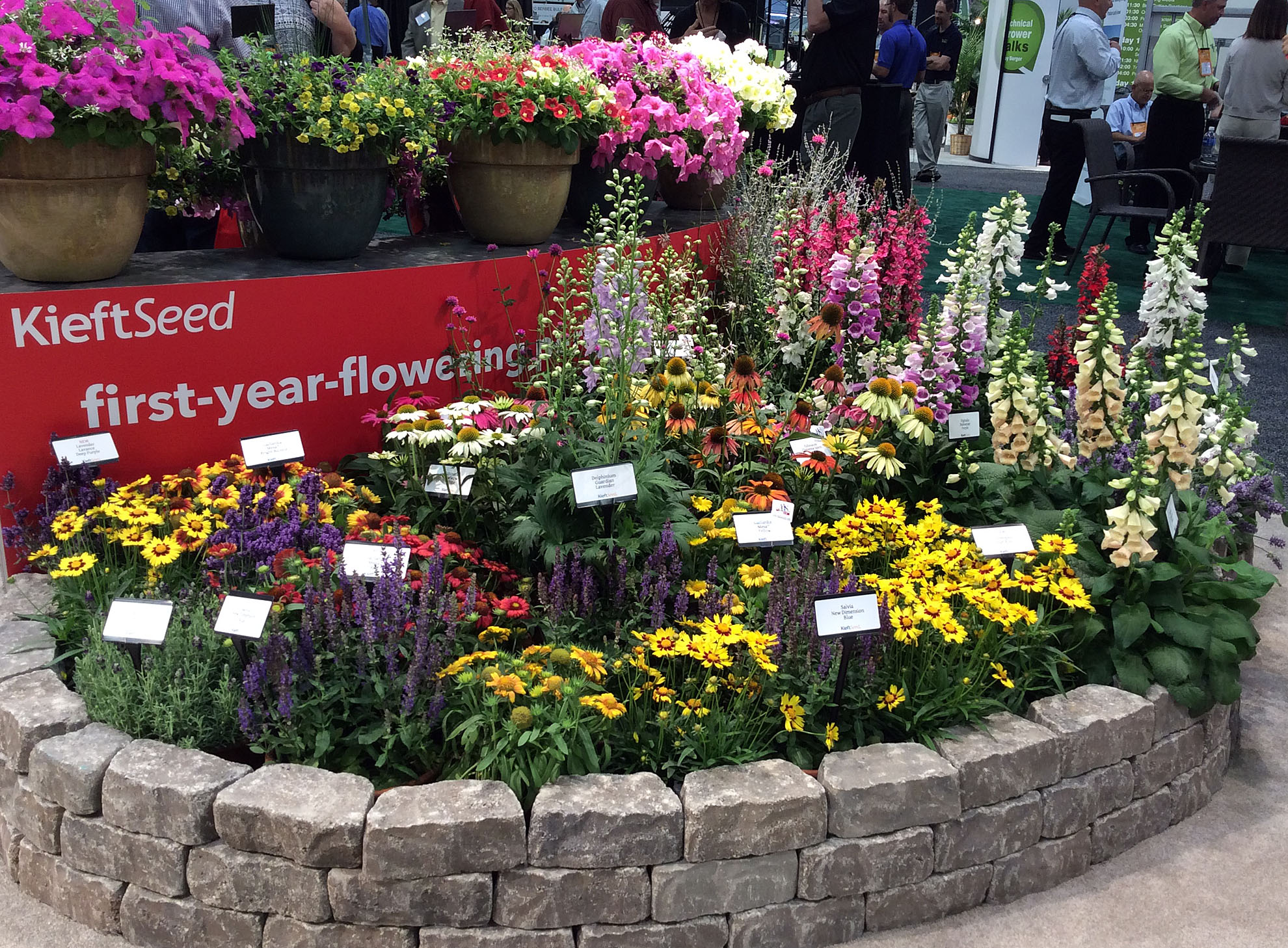


















 12)
12)


 If fall leaves are not tilled or forked in, how thick a layer is practical to leave on the beds and still plant rows of seeds?
If fall leaves are not tilled or forked in, how thick a layer is practical to leave on the beds and still plant rows of seeds? A Big Idea for Pint-Sized Urban Green Spaces
A Big Idea for Pint-Sized Urban Green Spaces

 A Love Affair: Bumbles and Common Milkweed
A Love Affair: Bumbles and Common Milkweed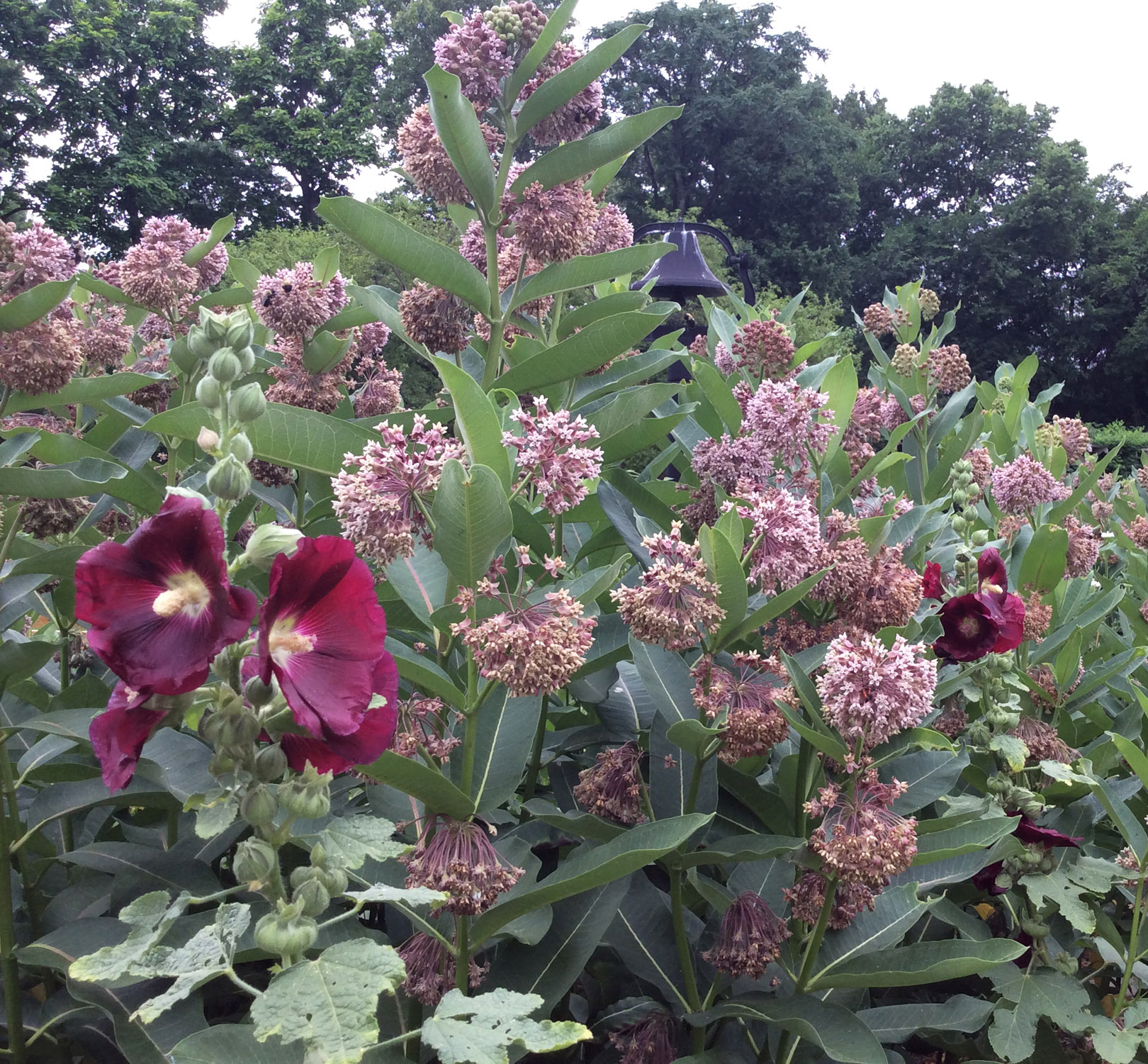
 Guy Denney, former Chief of Natural Areas and Preserves for the Ohio Department of Natural Resources and one of the first advisors for the Heritage Garden, said that this stand of milkweed is one individual plant that has colonized this patch of the garden. This plant well deserves the “weed” portion of its name. plant it only if you have room to spare or are willing to “edit” your stand of plants.
Guy Denney, former Chief of Natural Areas and Preserves for the Ohio Department of Natural Resources and one of the first advisors for the Heritage Garden, said that this stand of milkweed is one individual plant that has colonized this patch of the garden. This plant well deserves the “weed” portion of its name. plant it only if you have room to spare or are willing to “edit” your stand of plants.